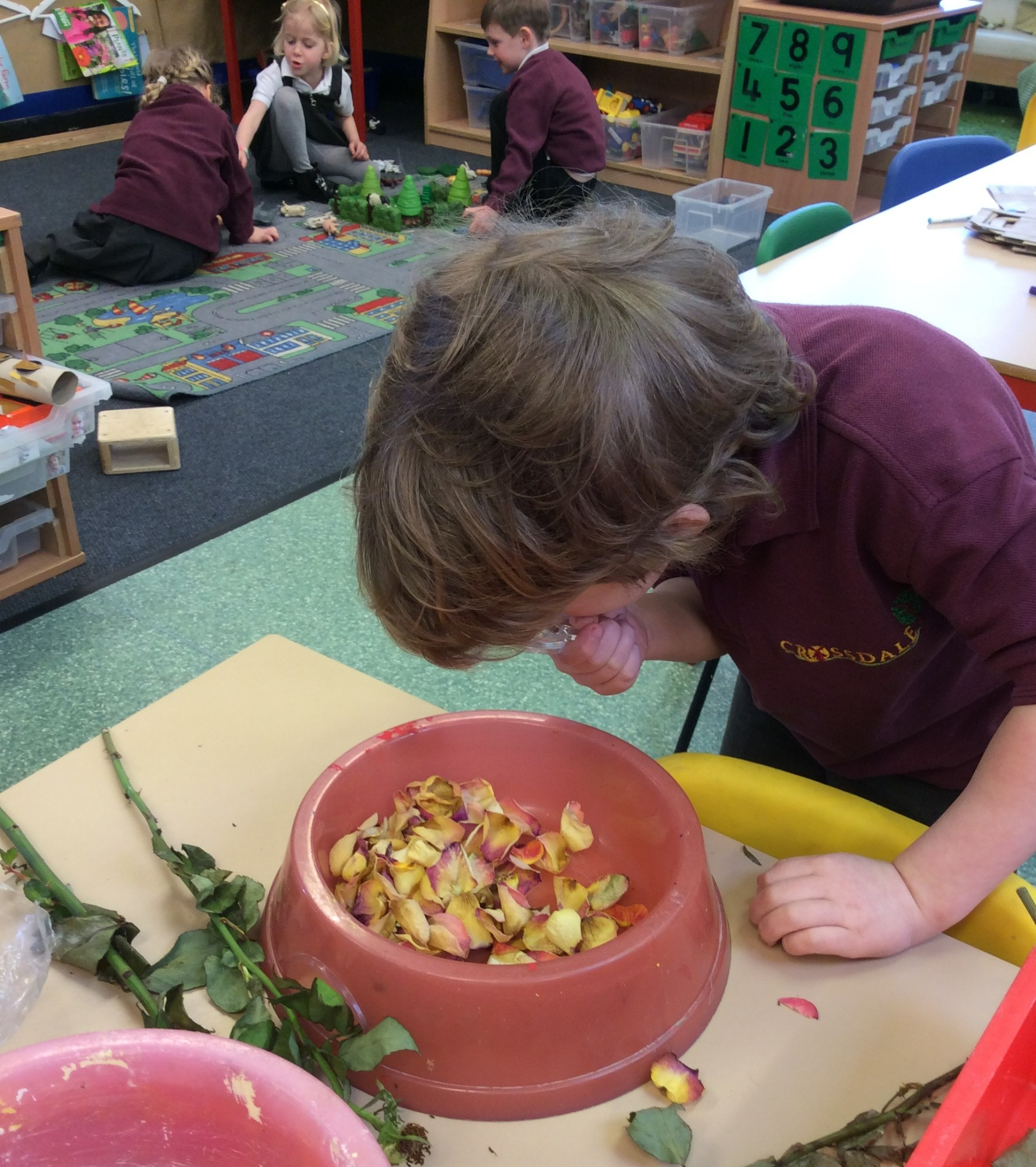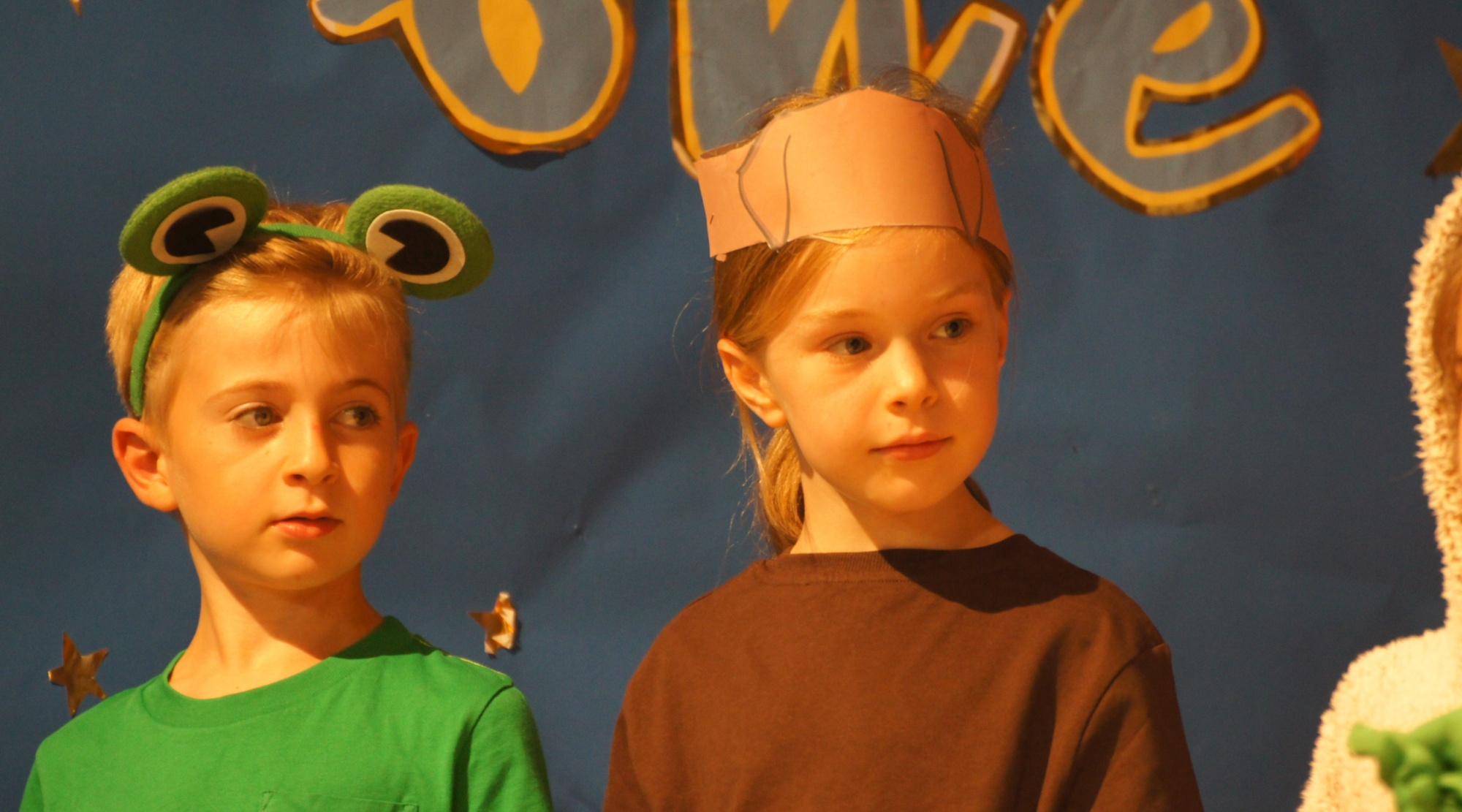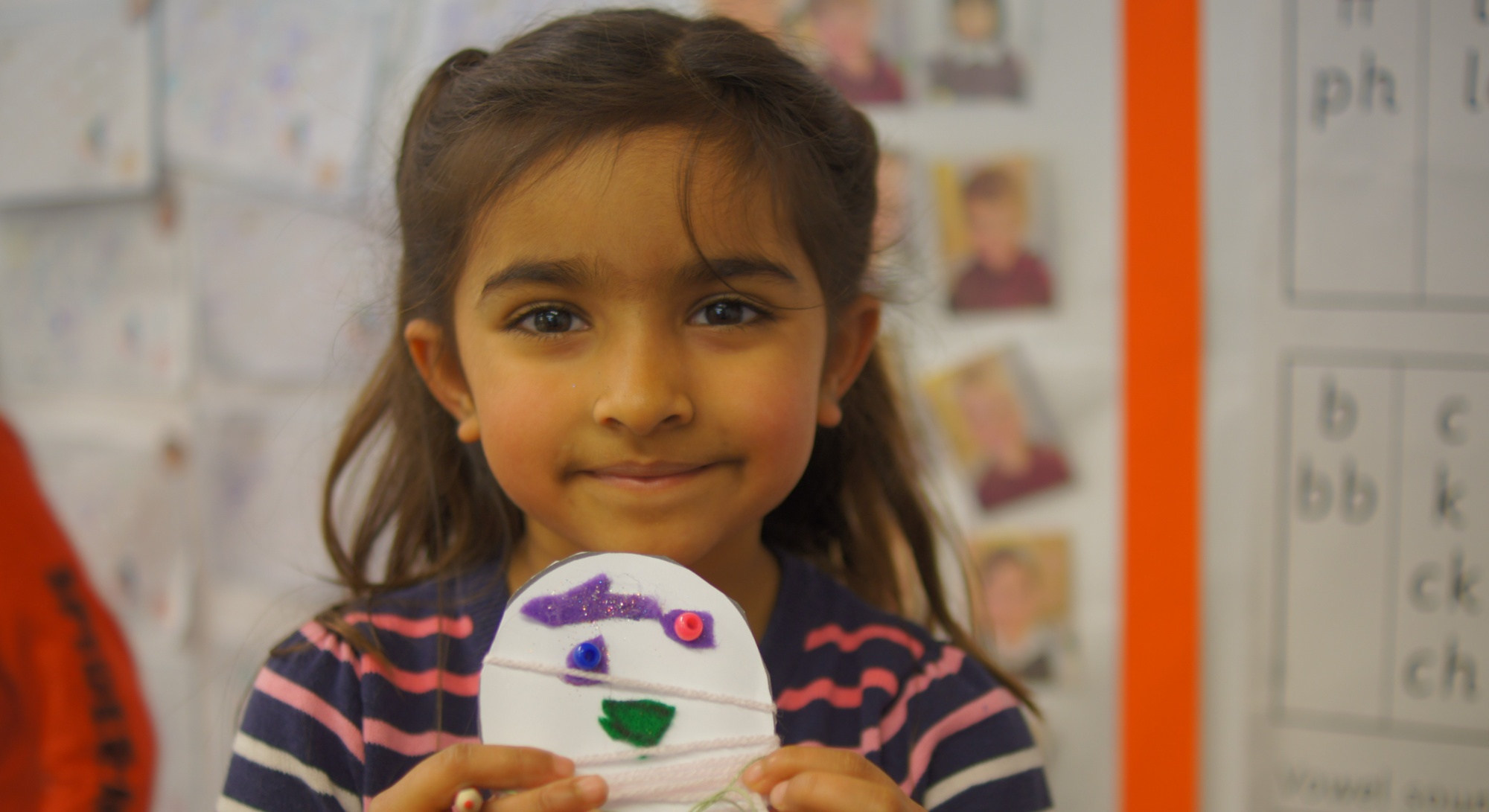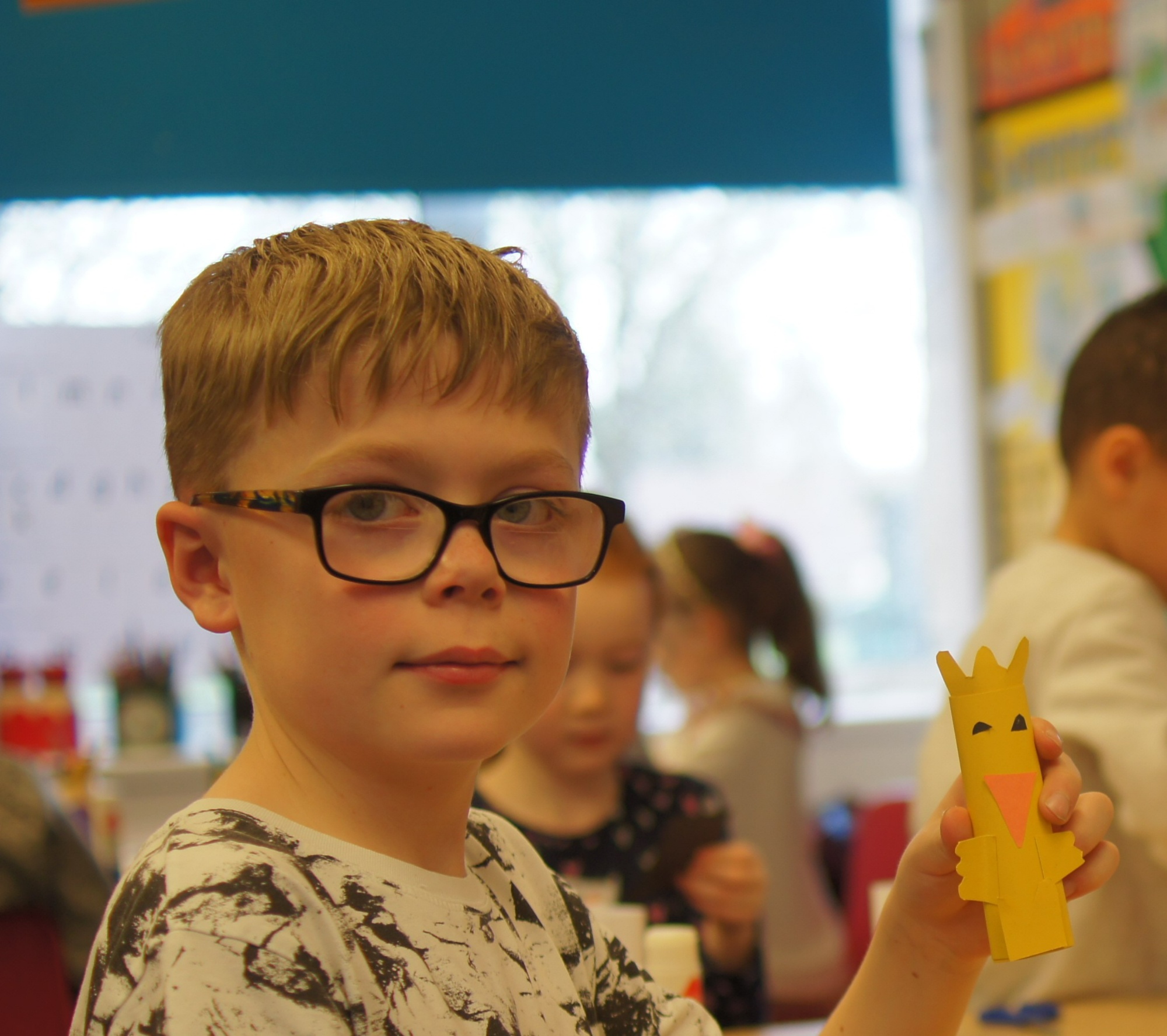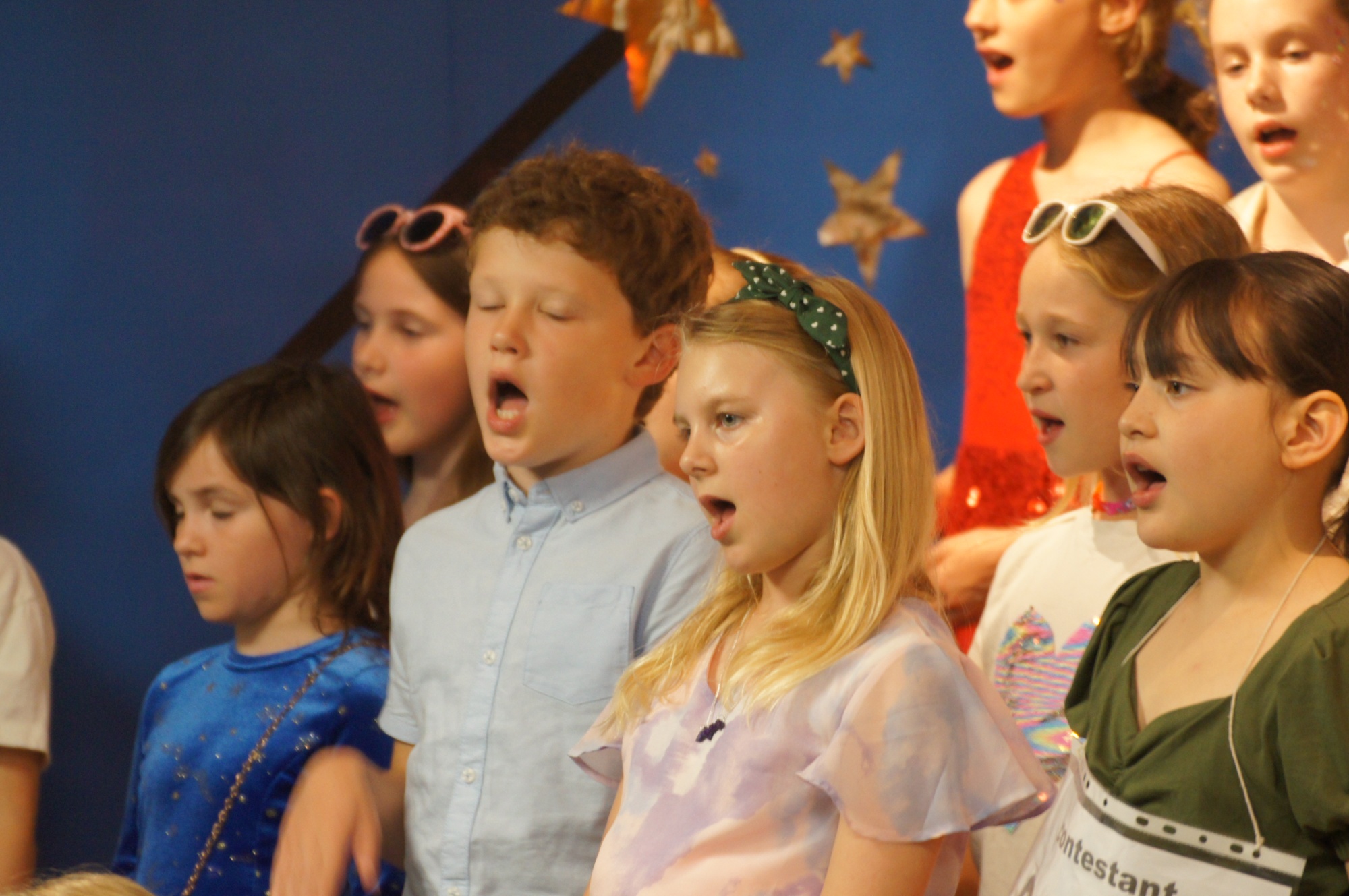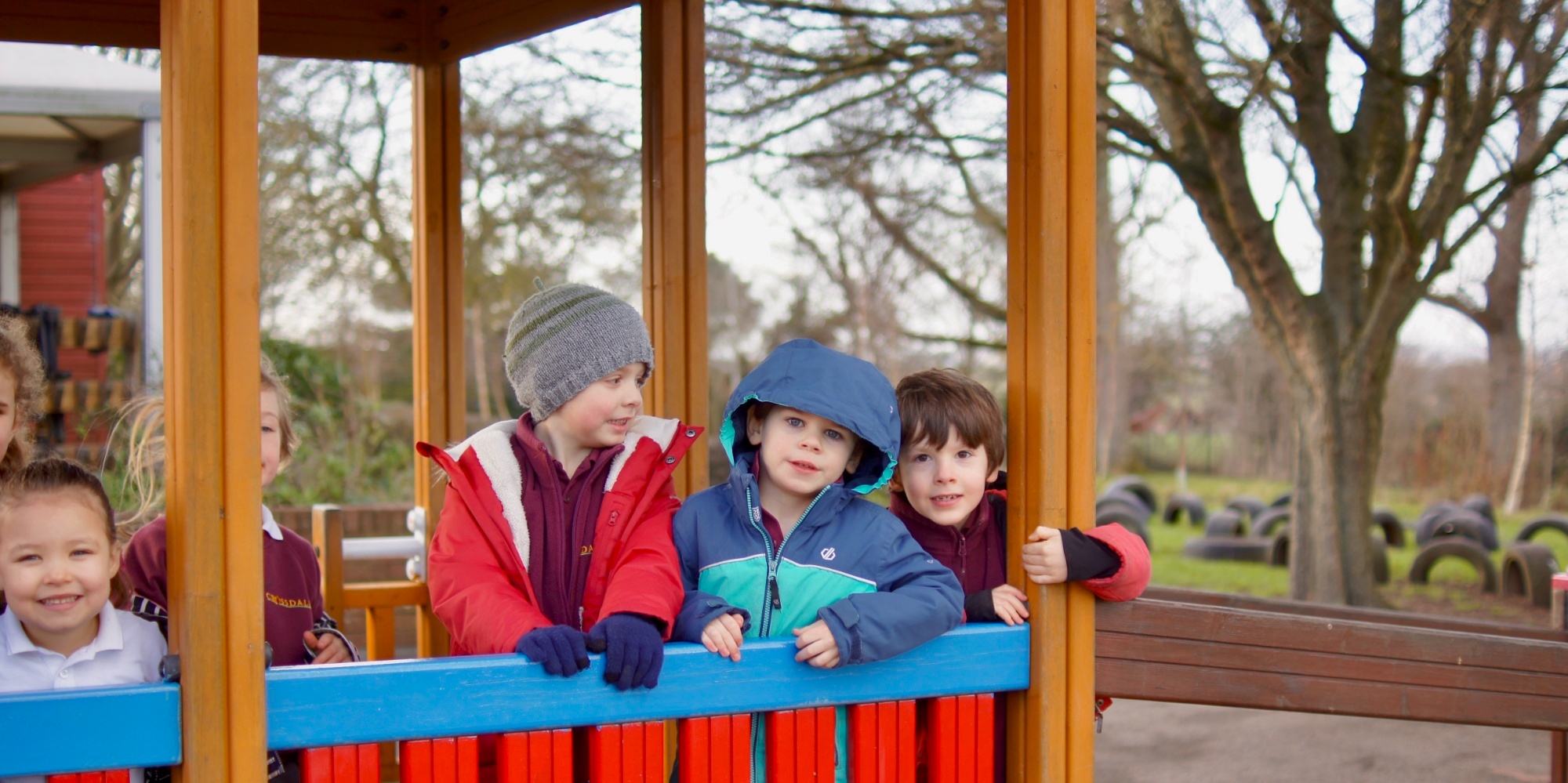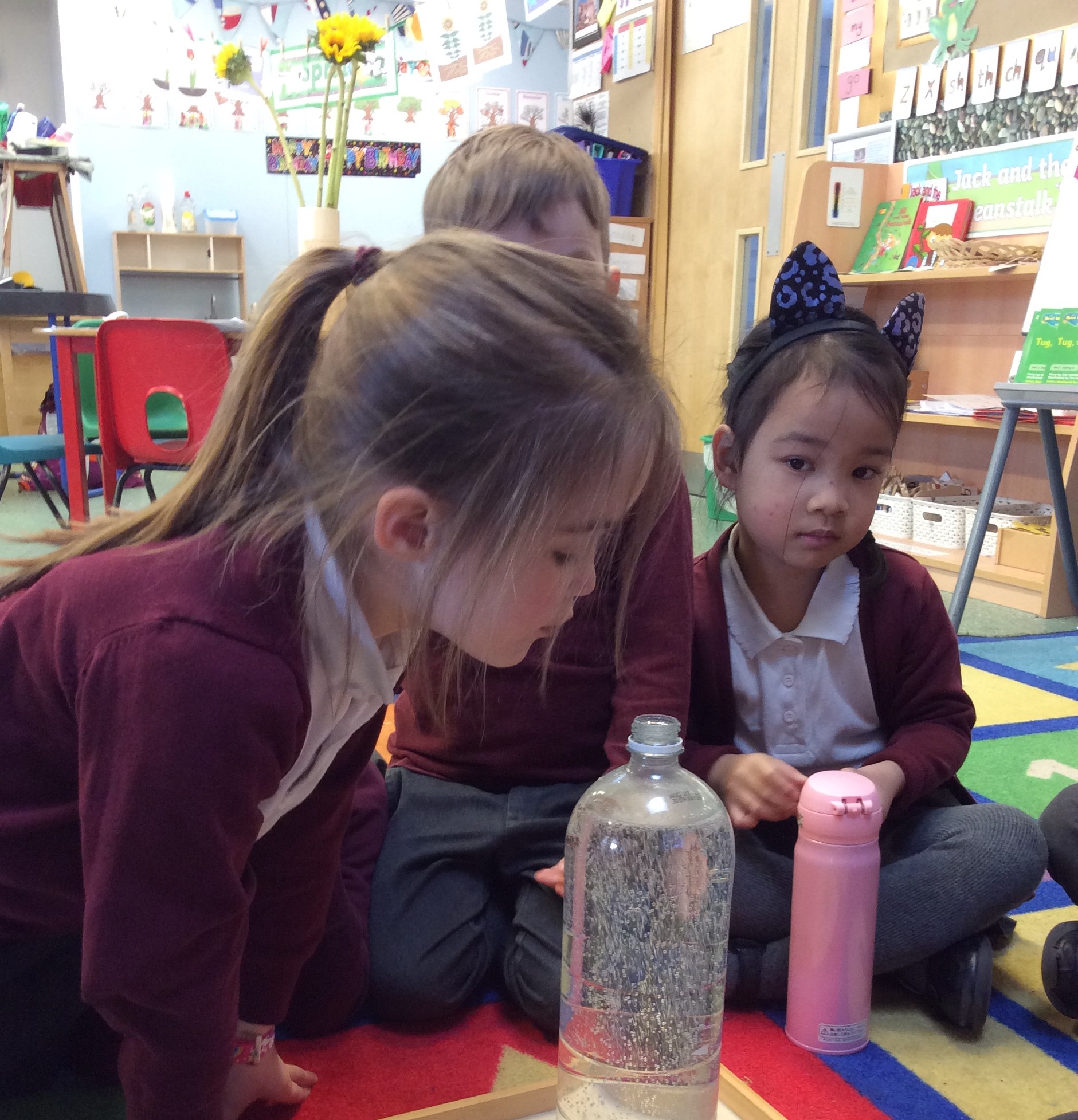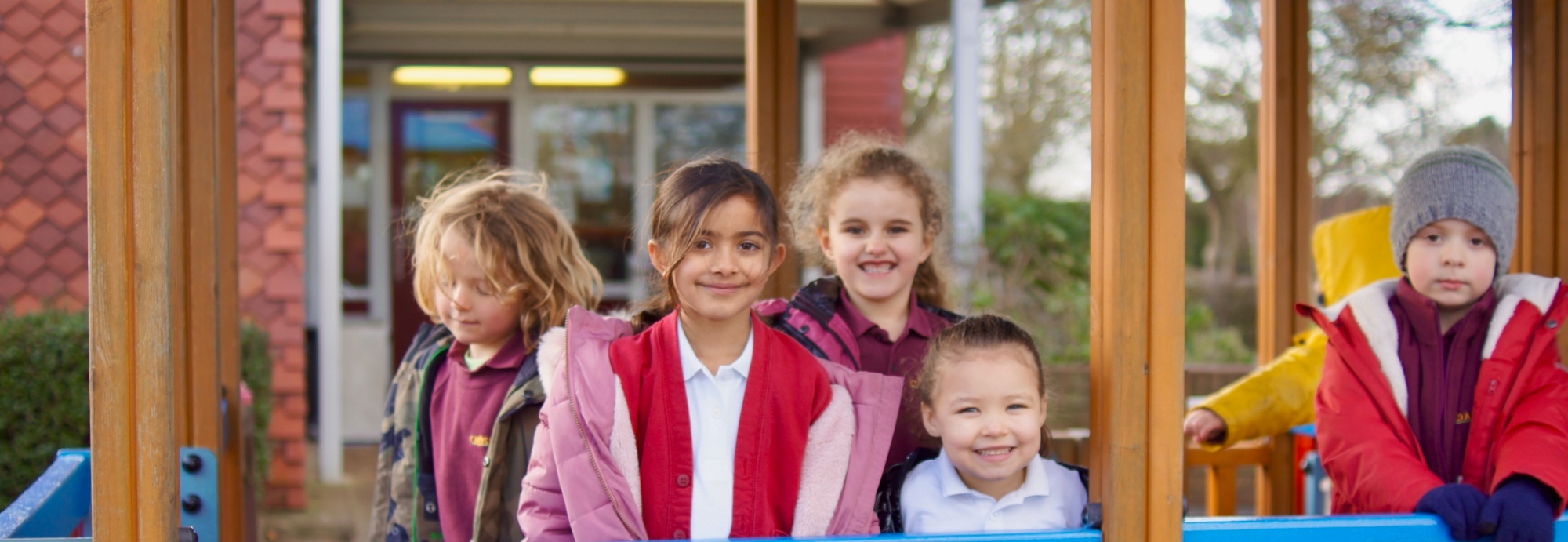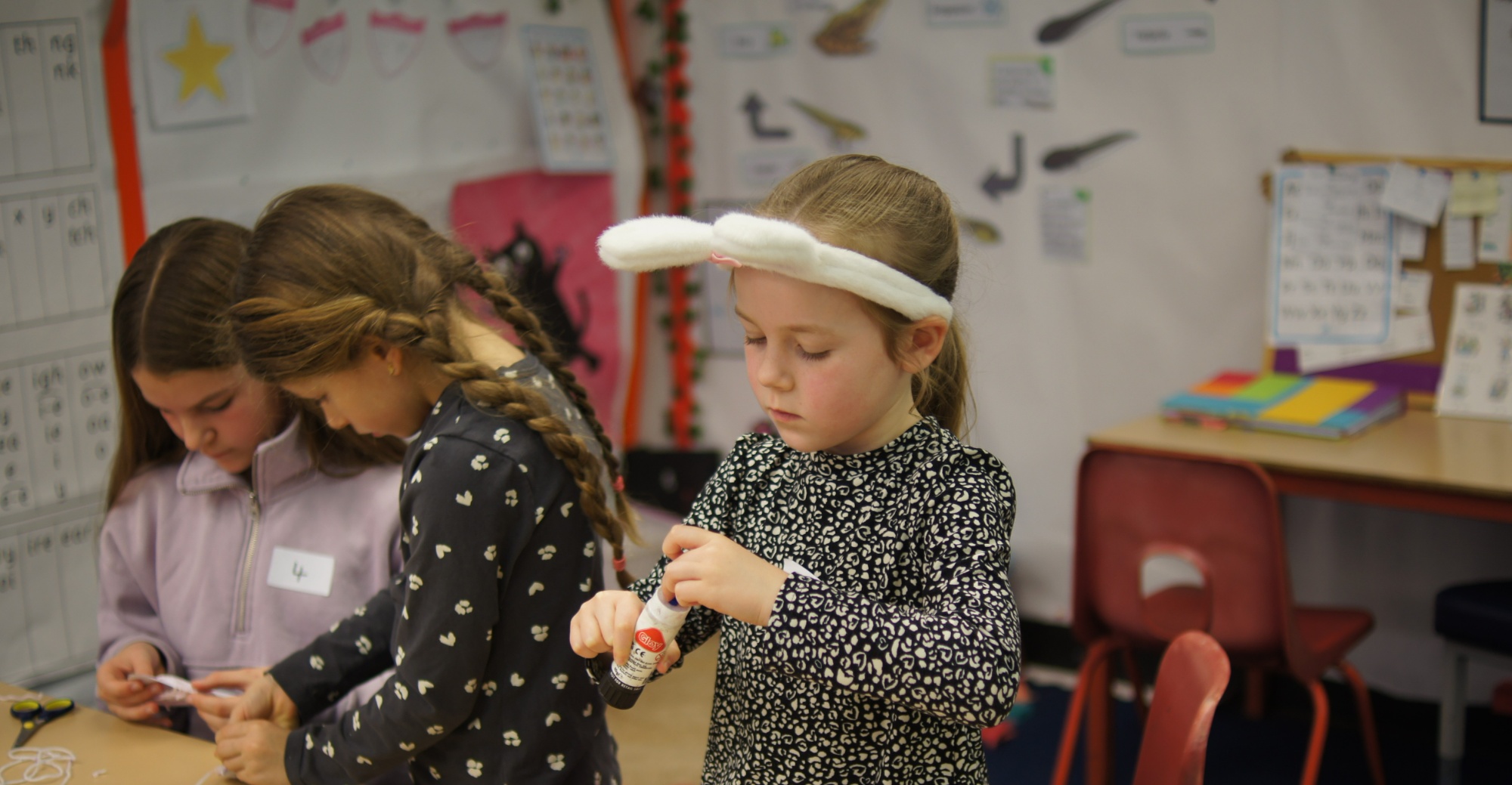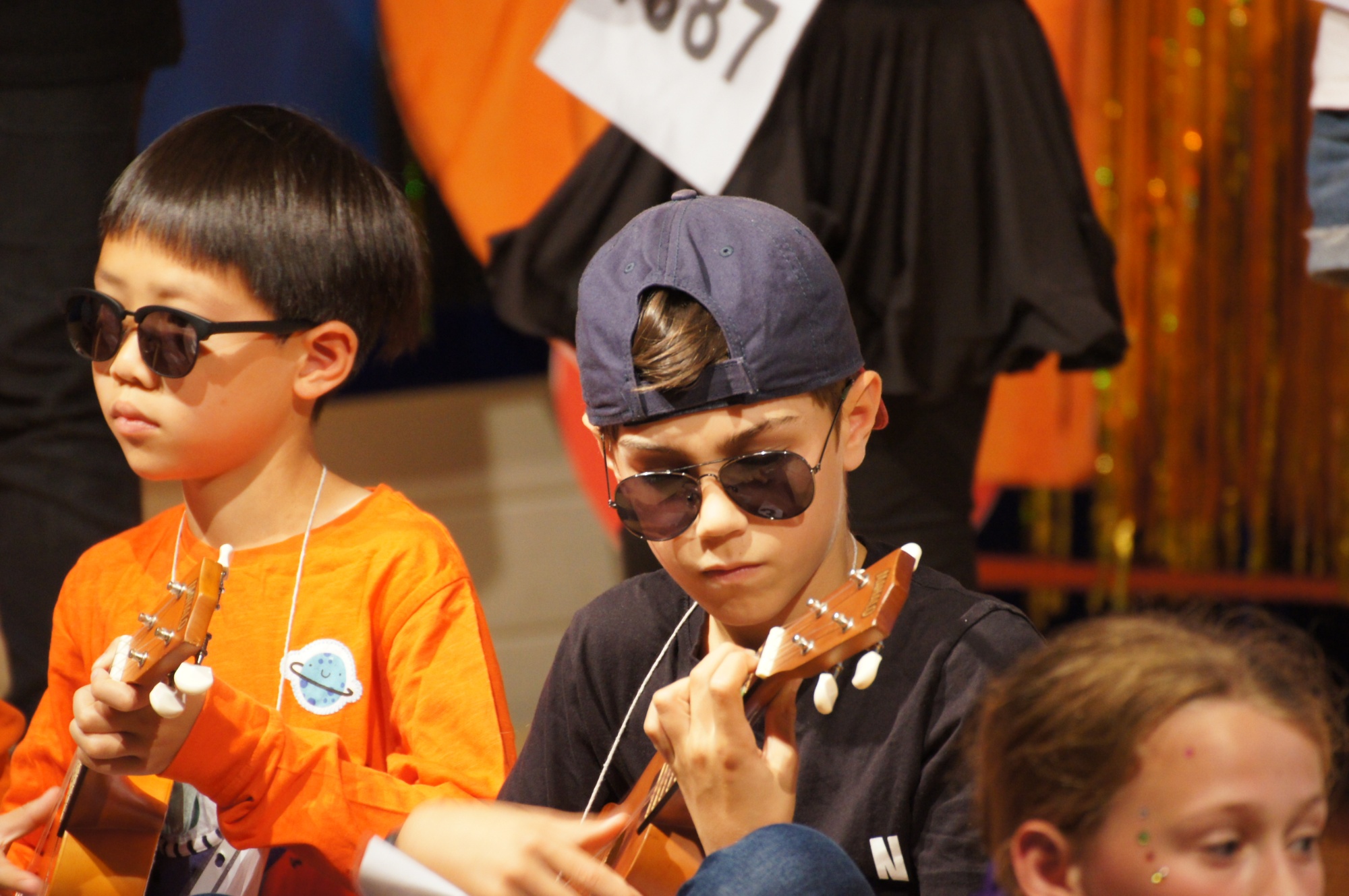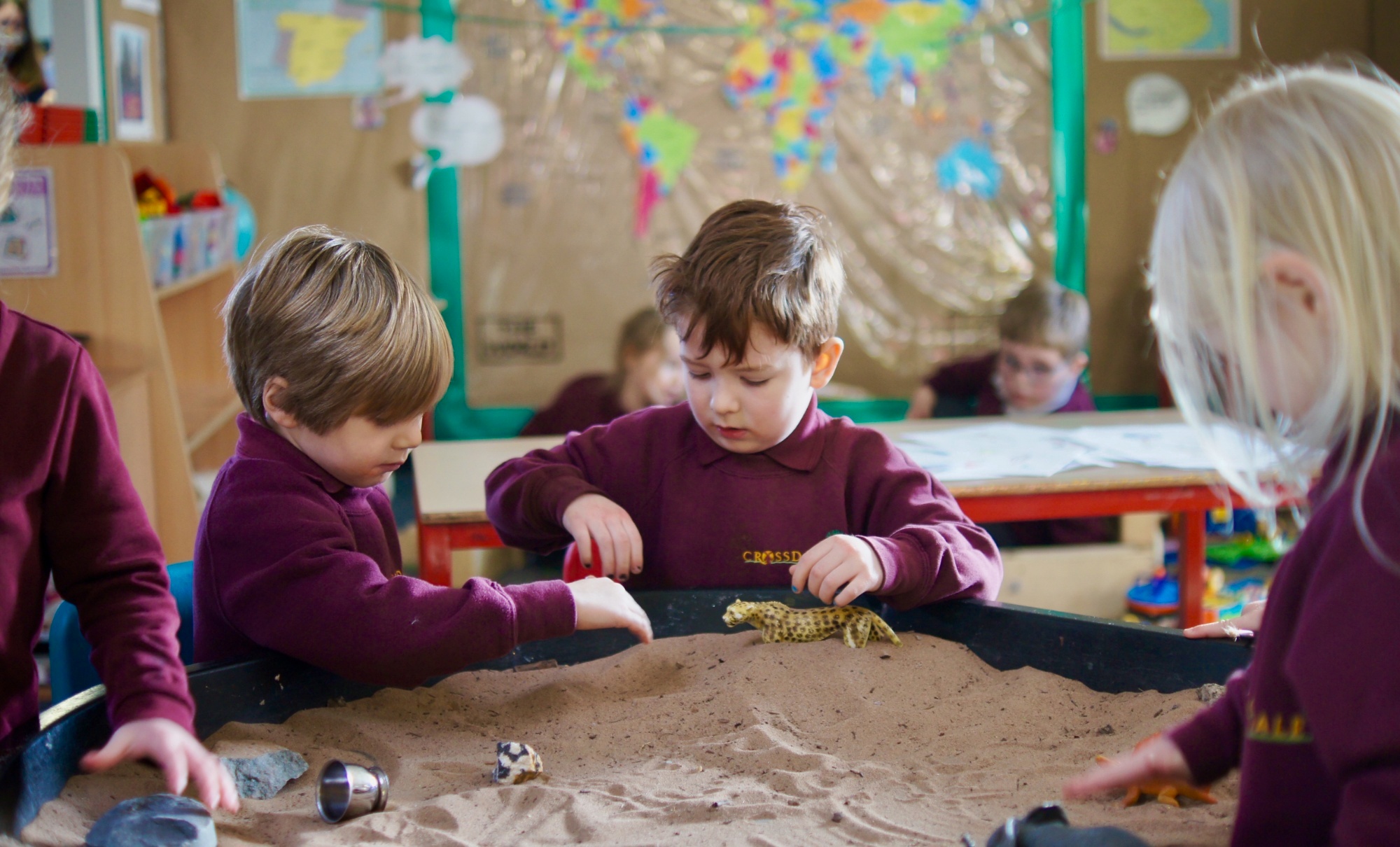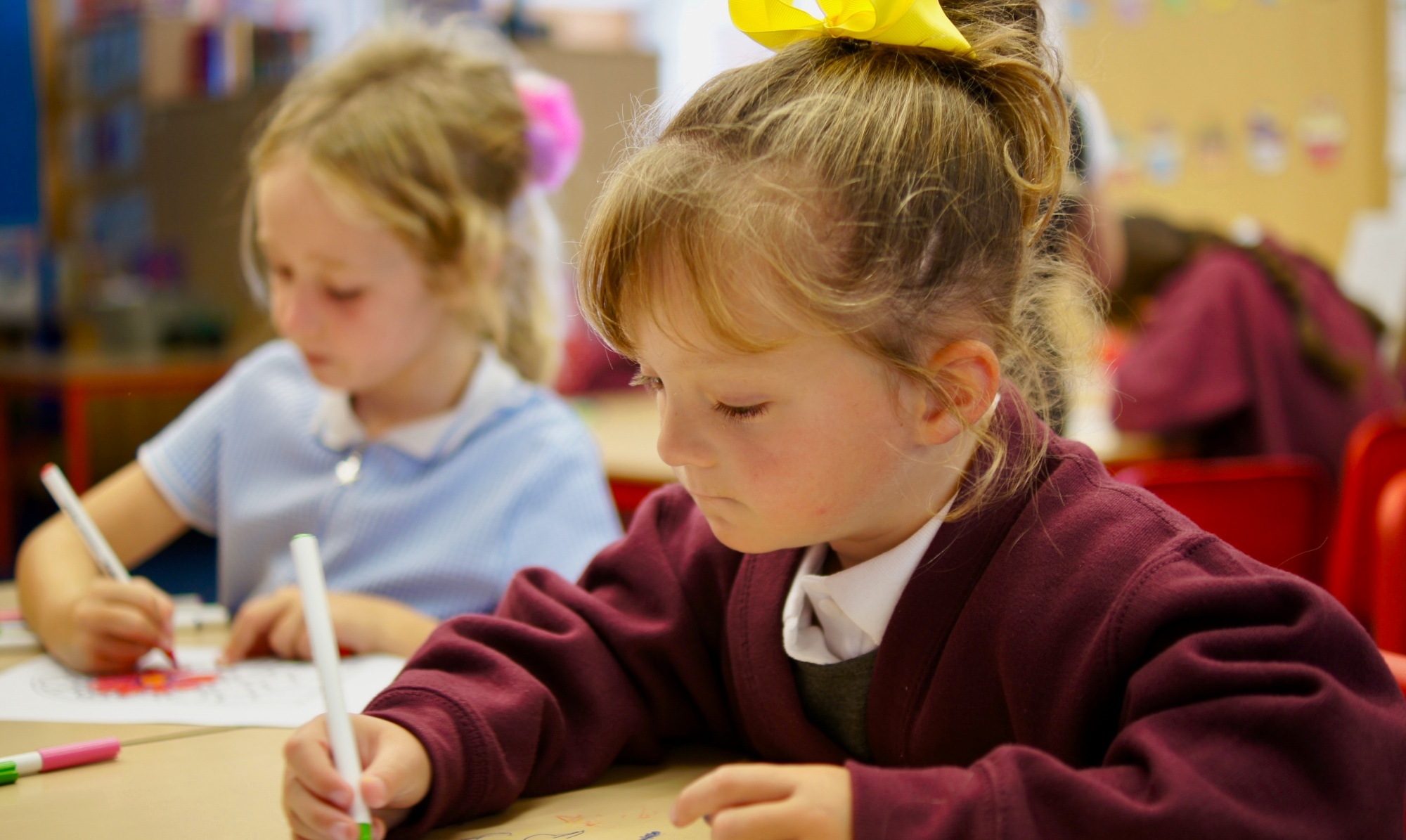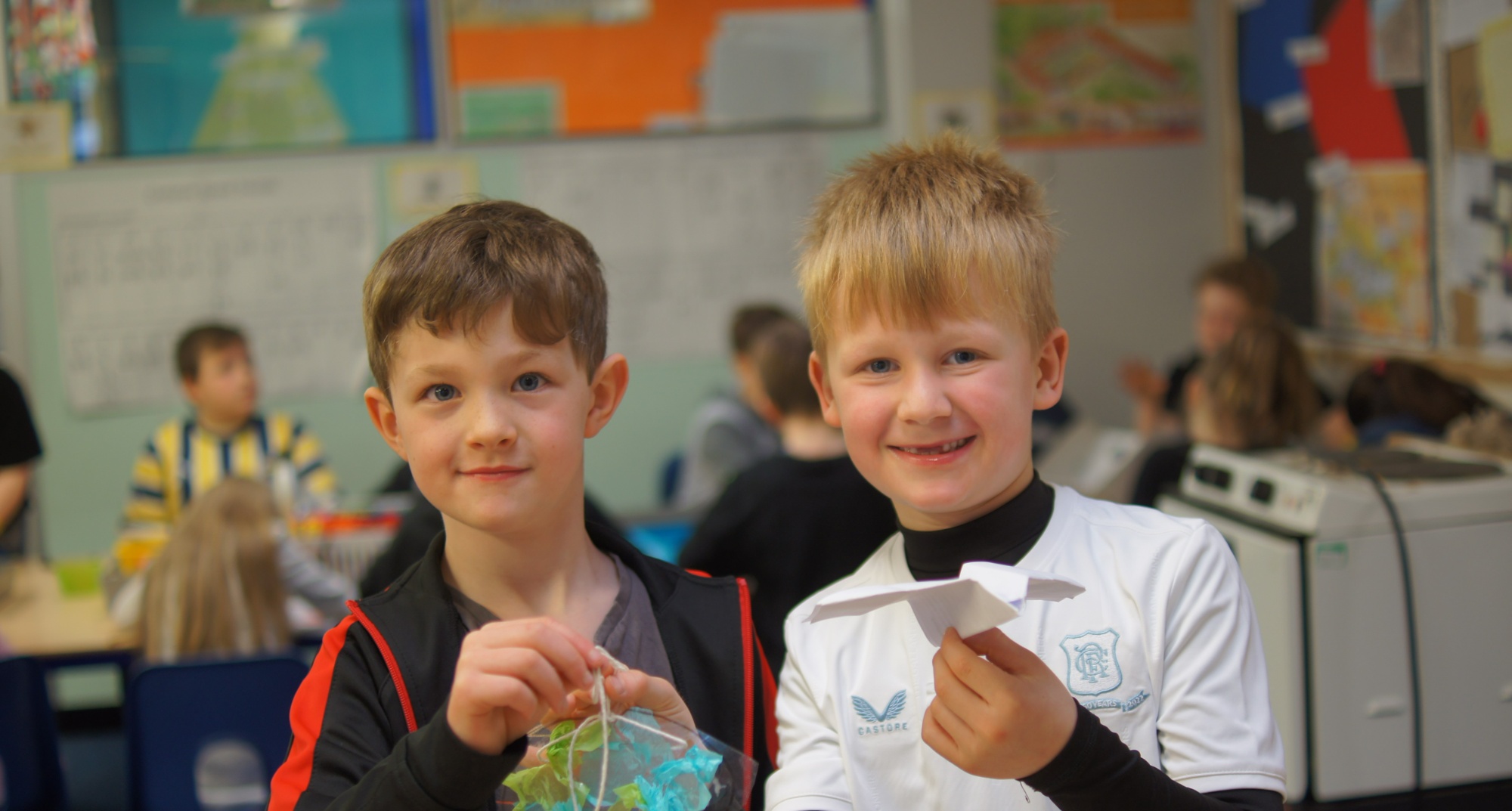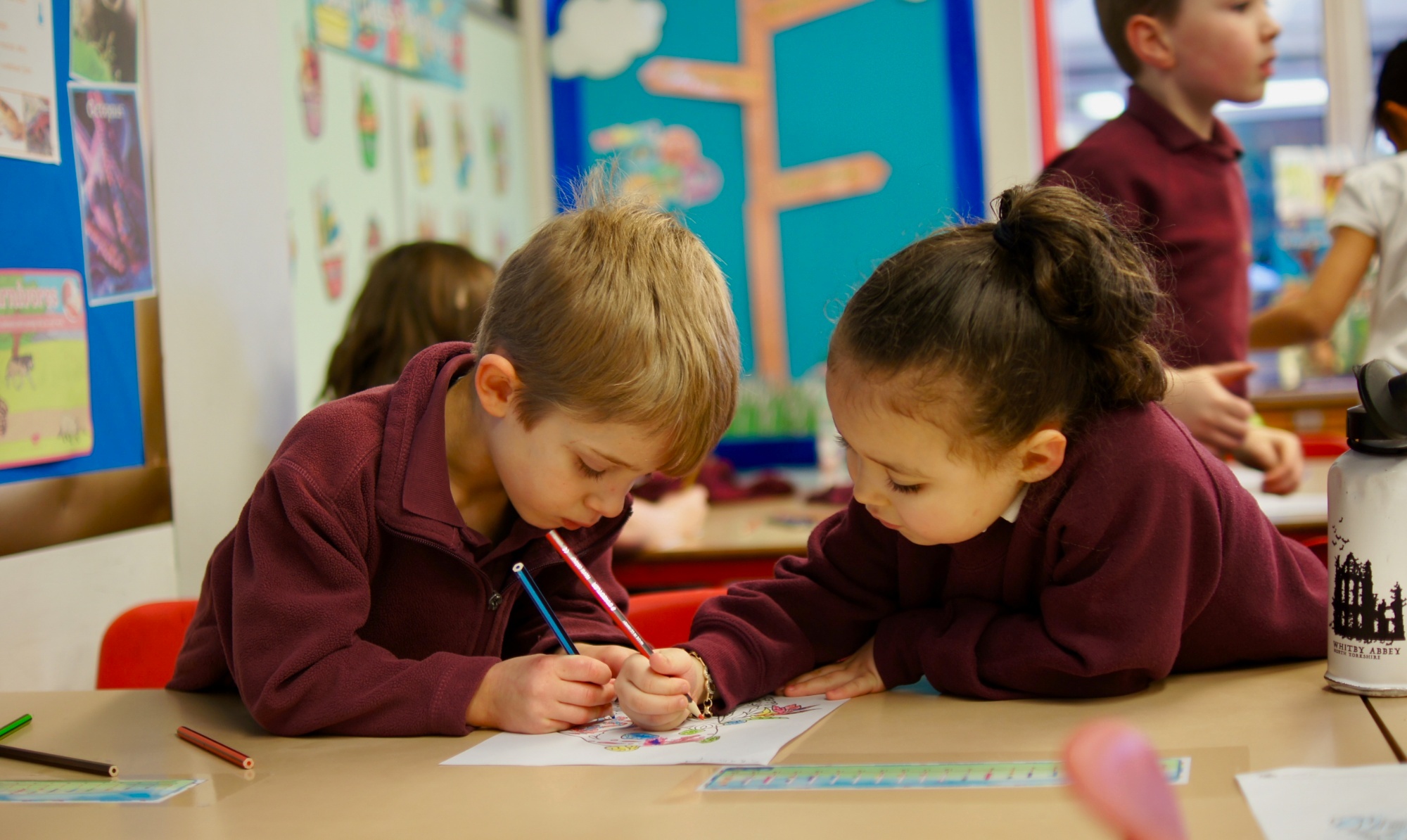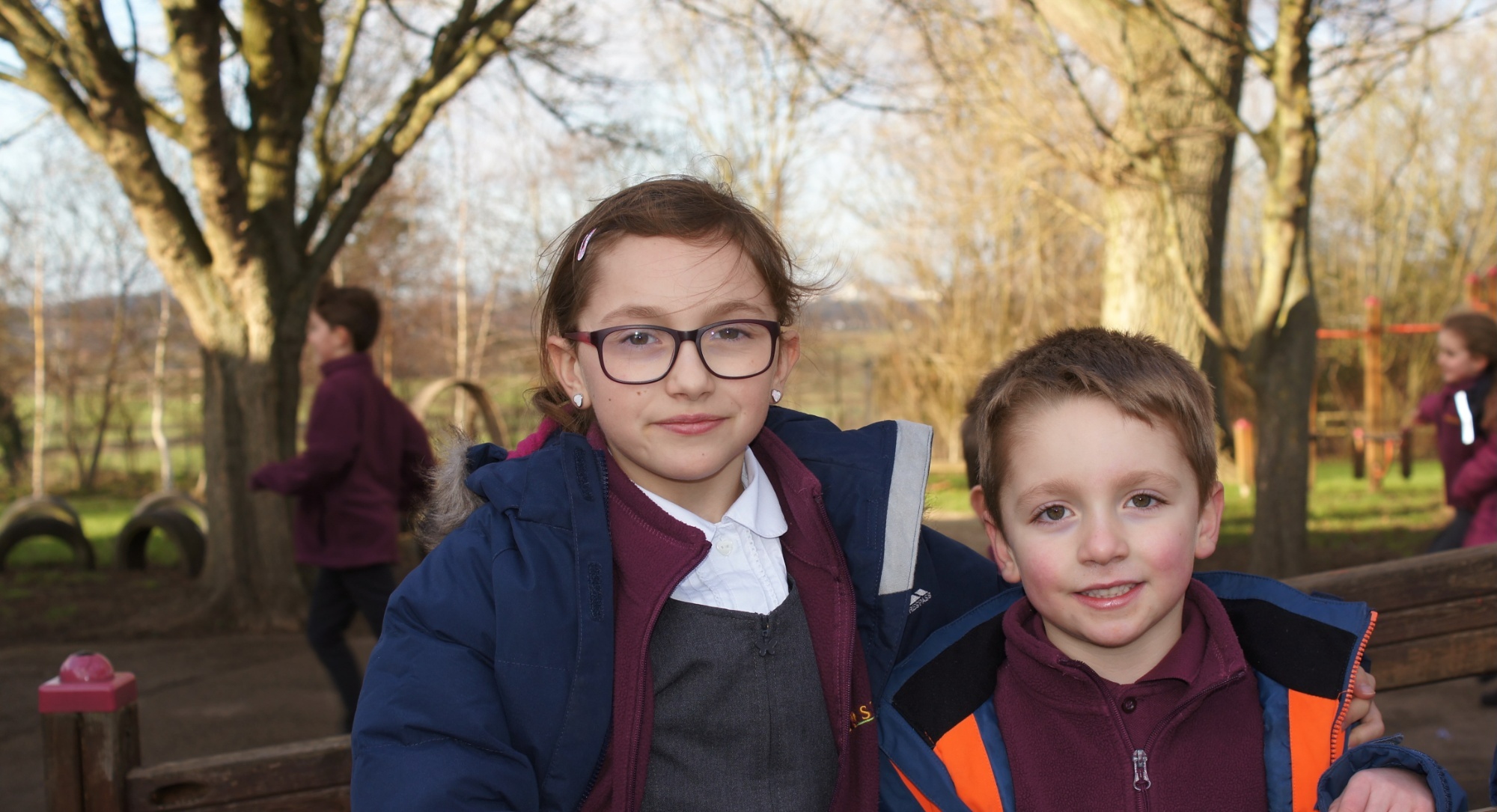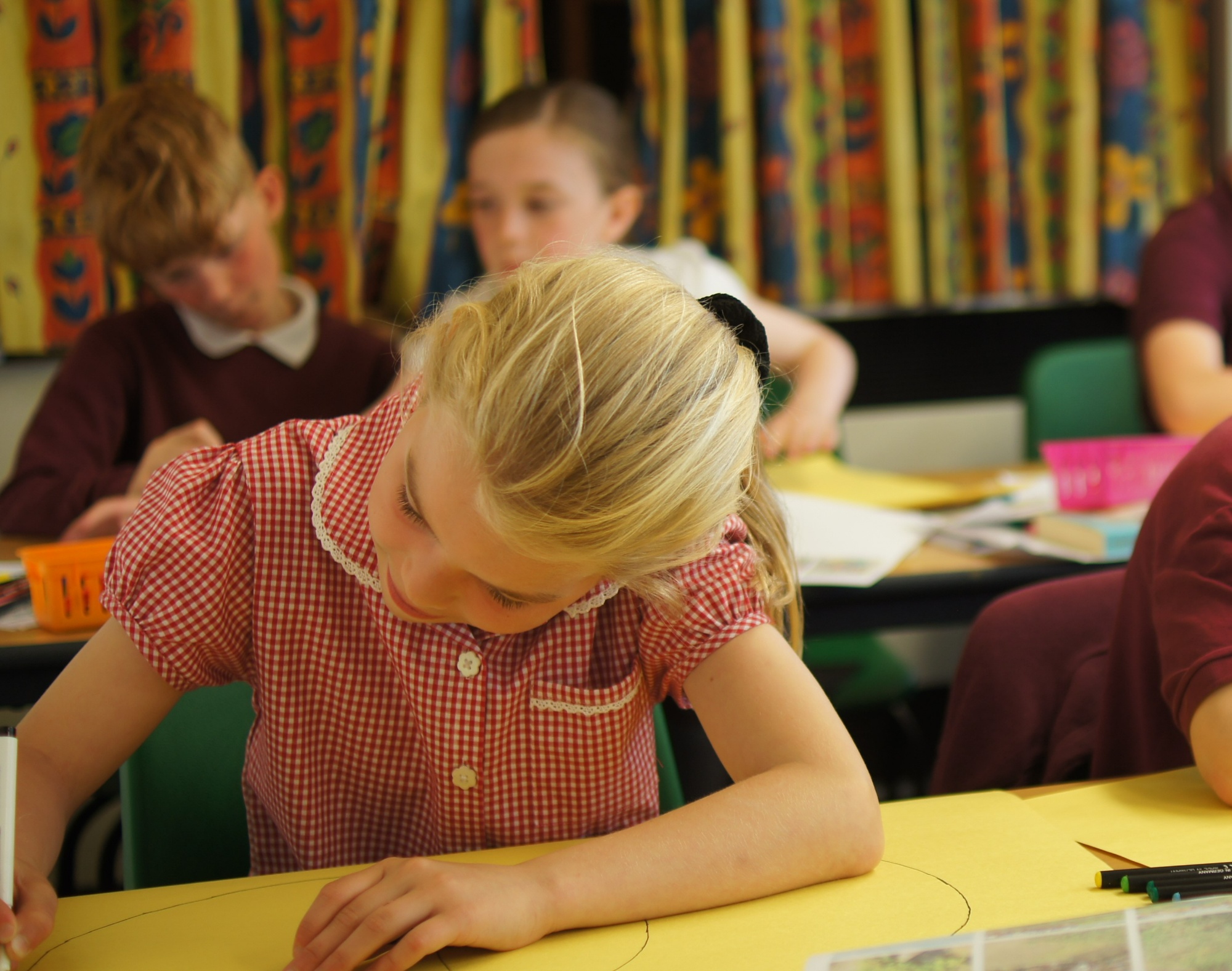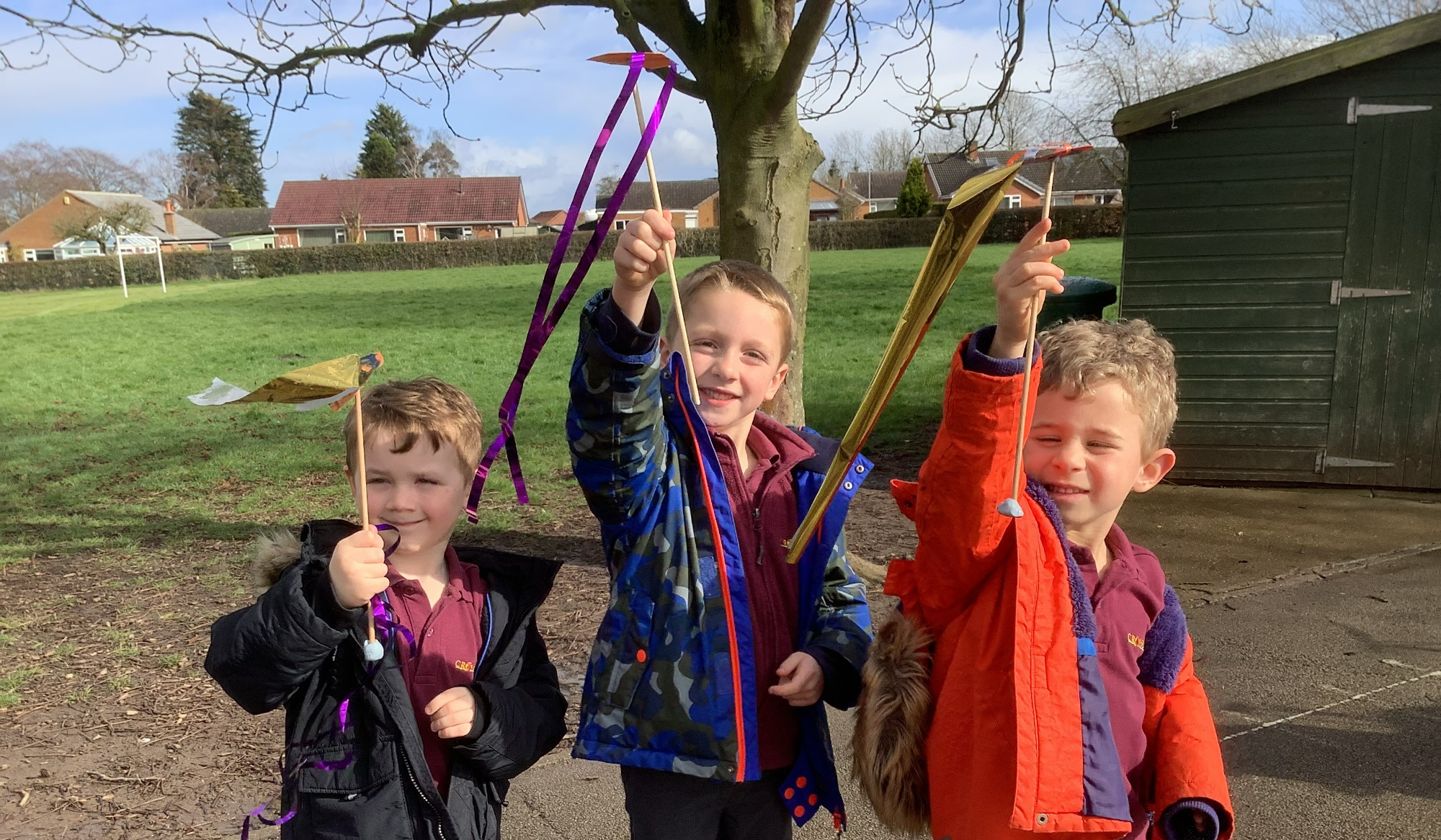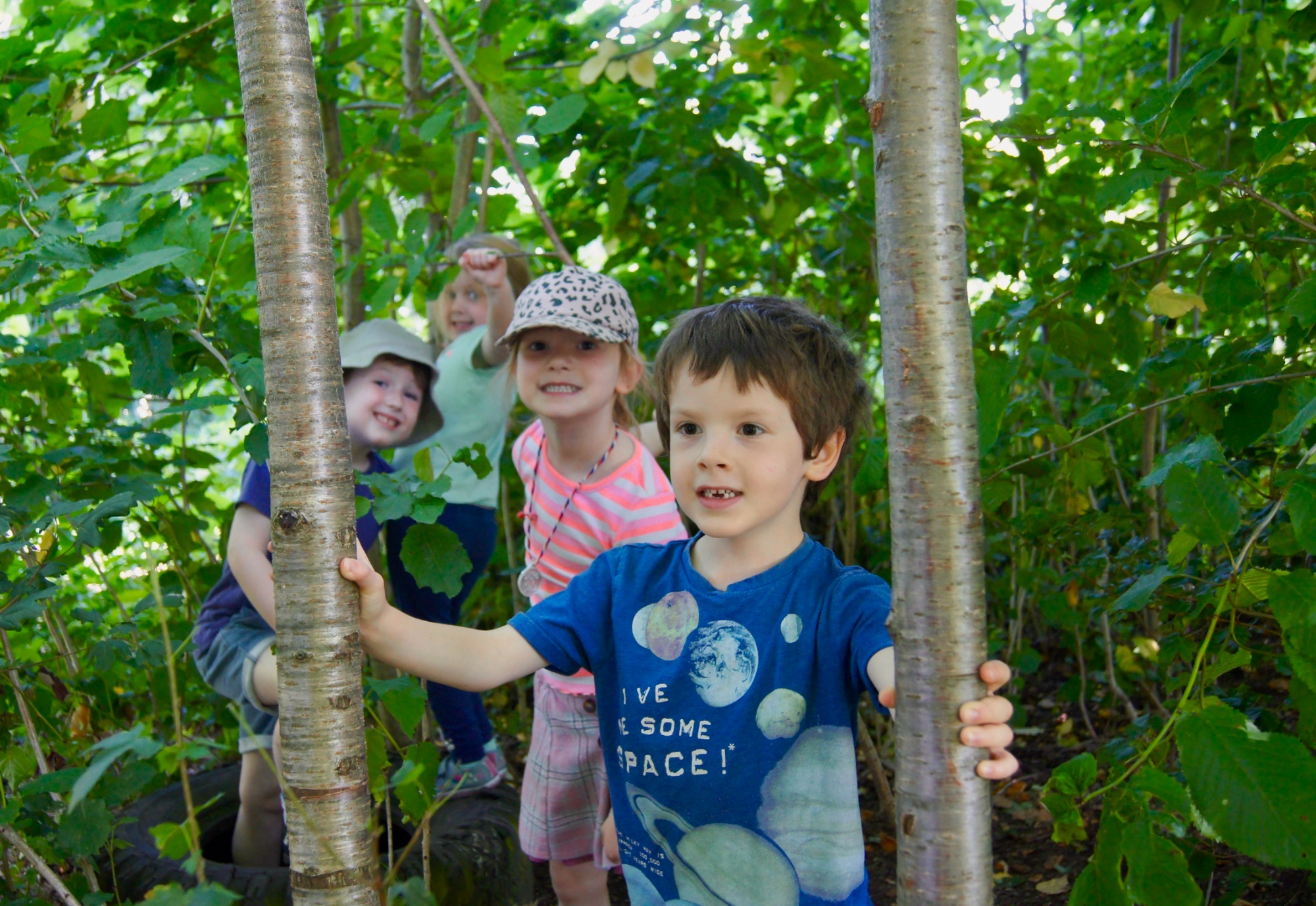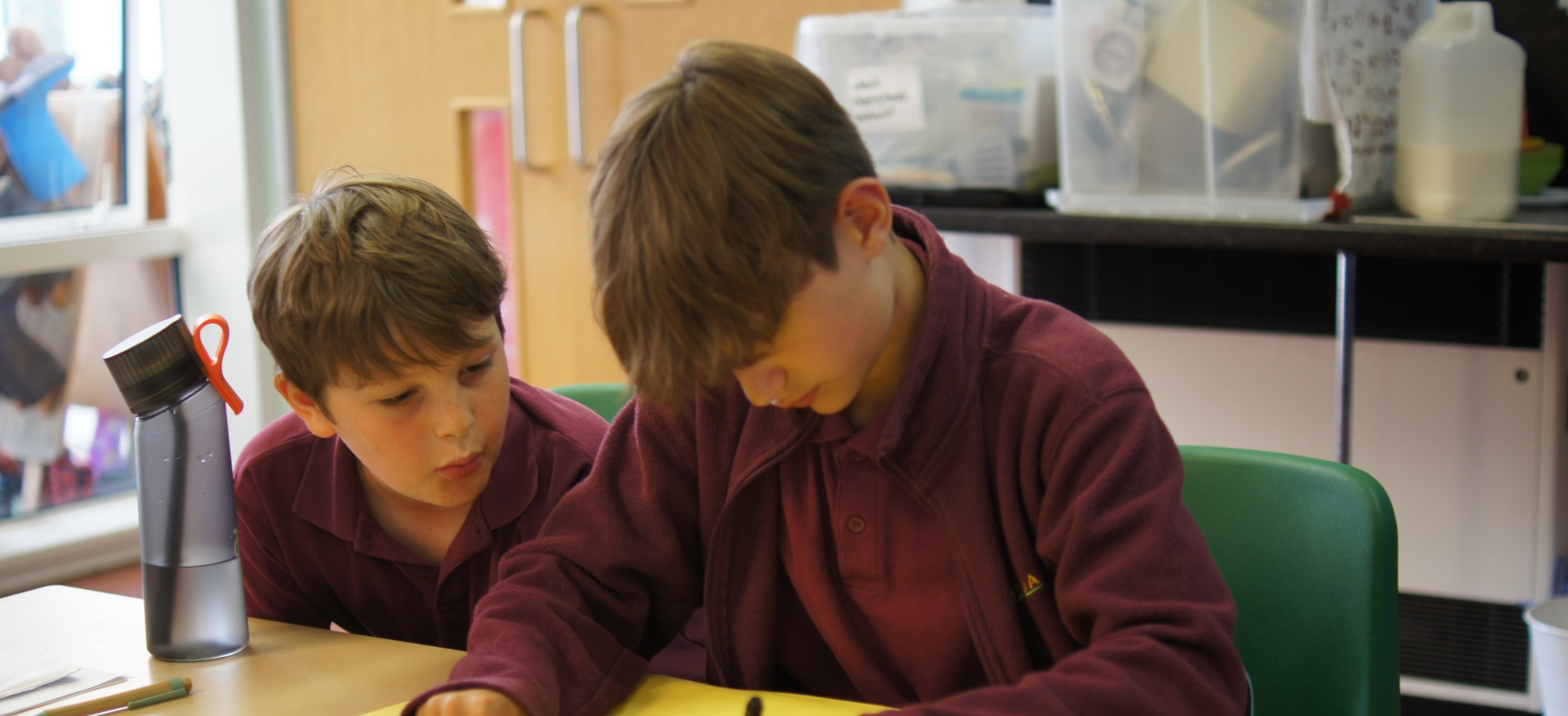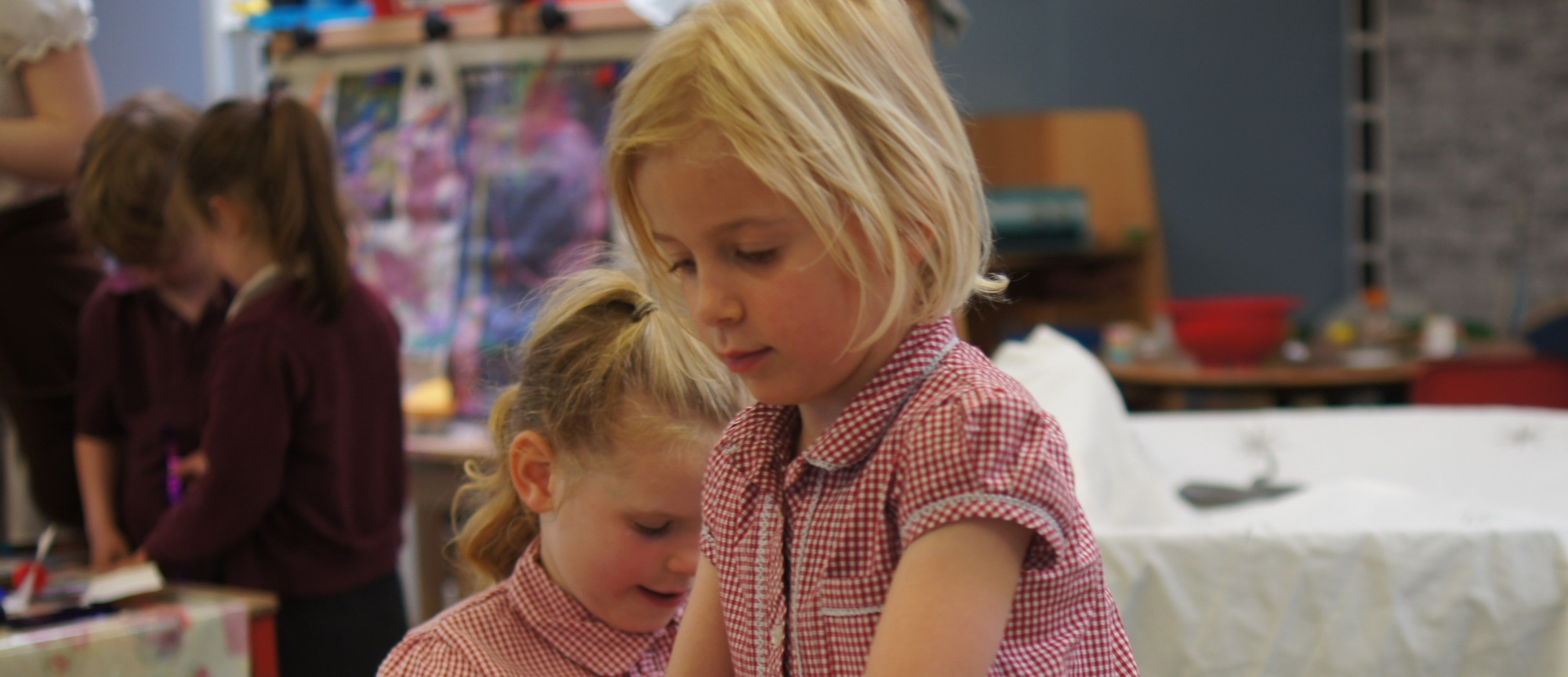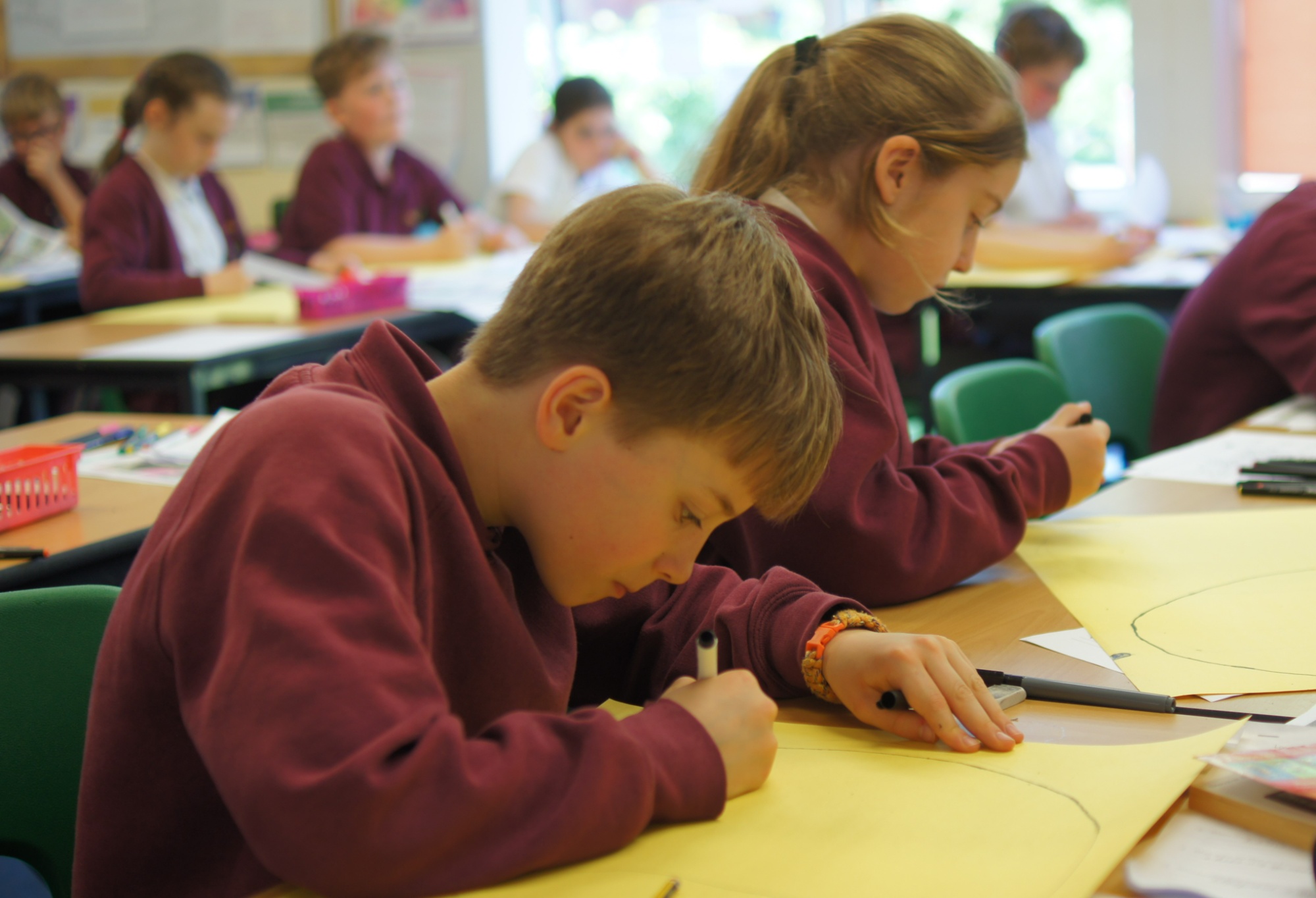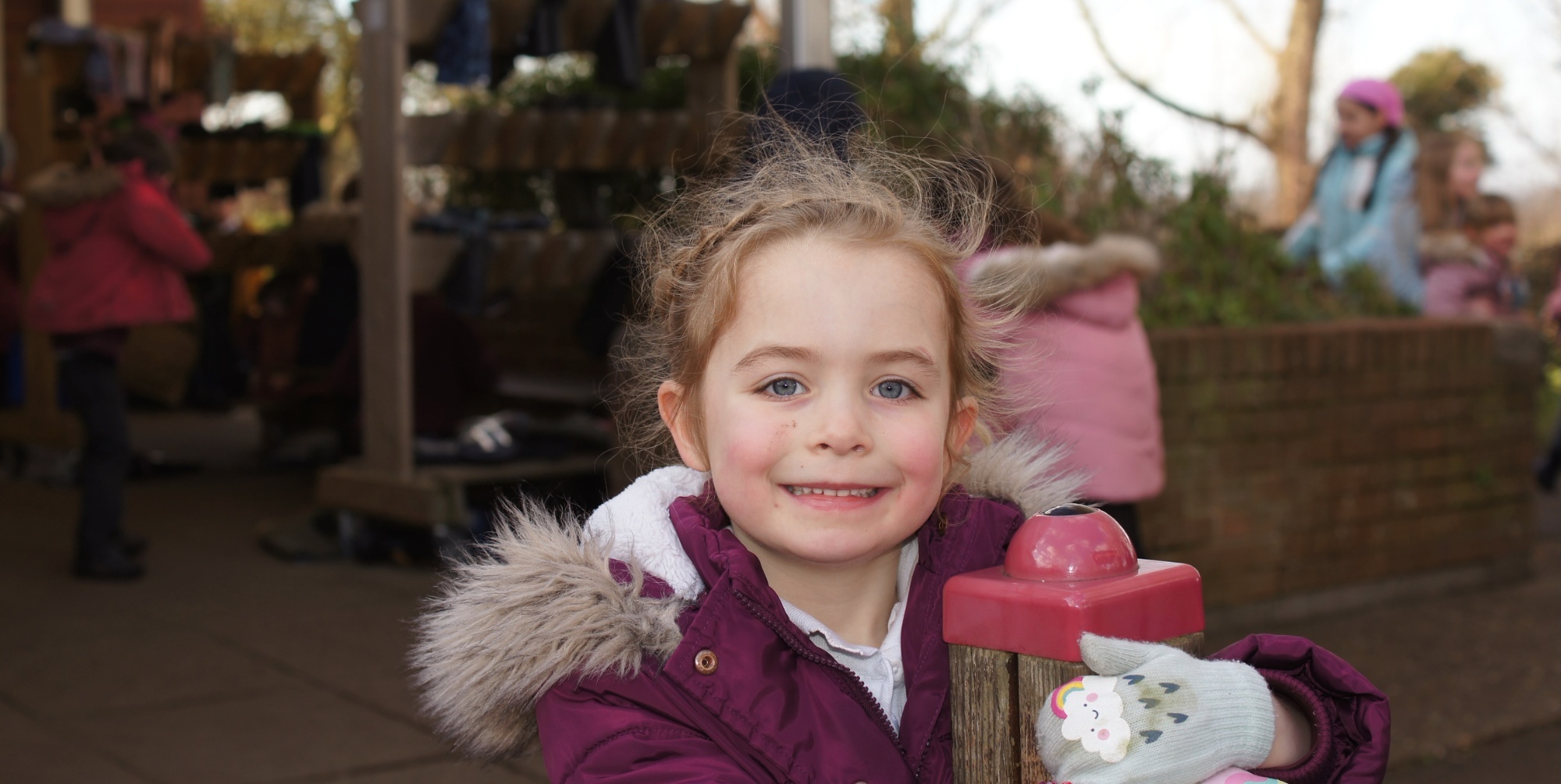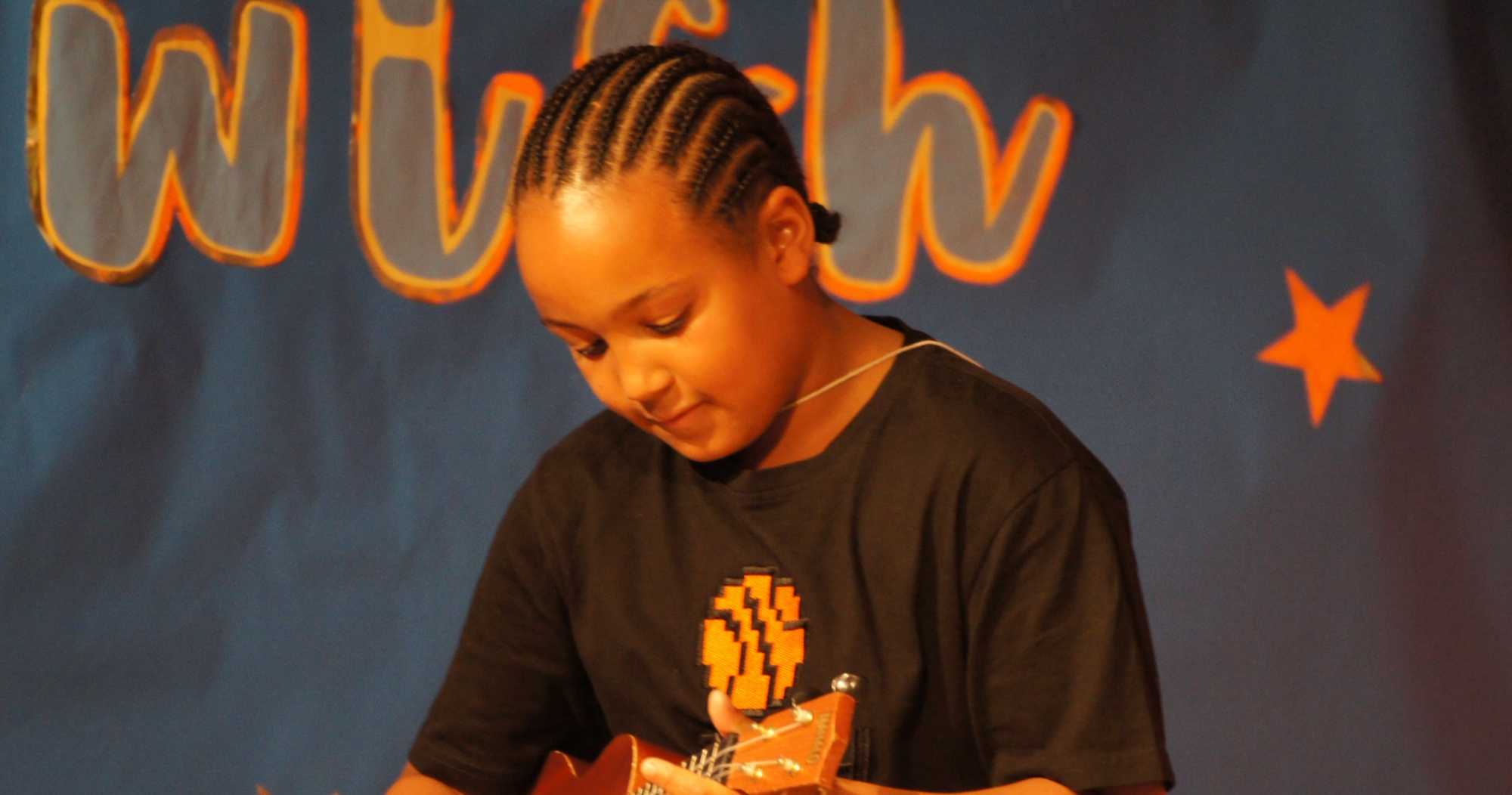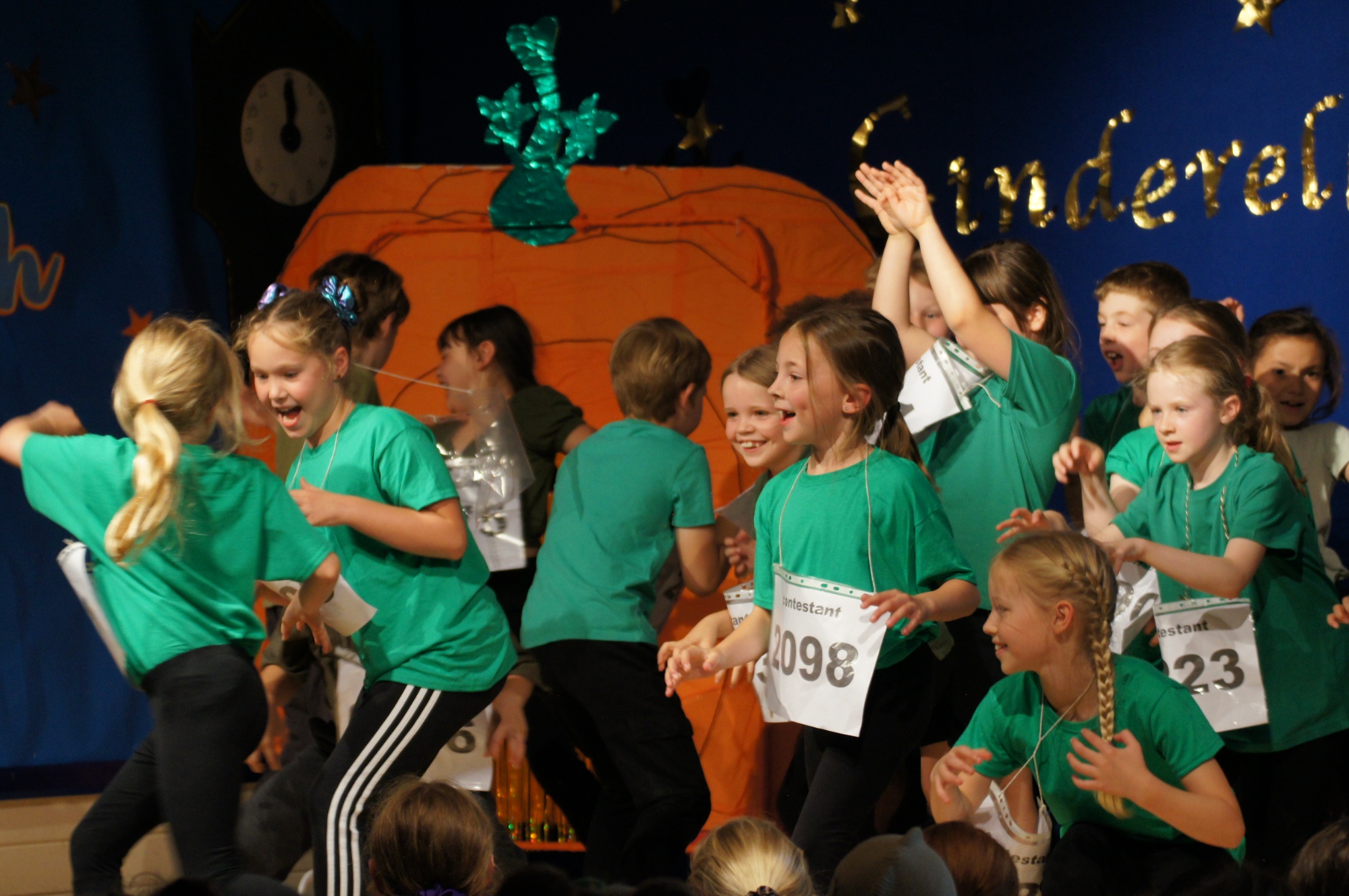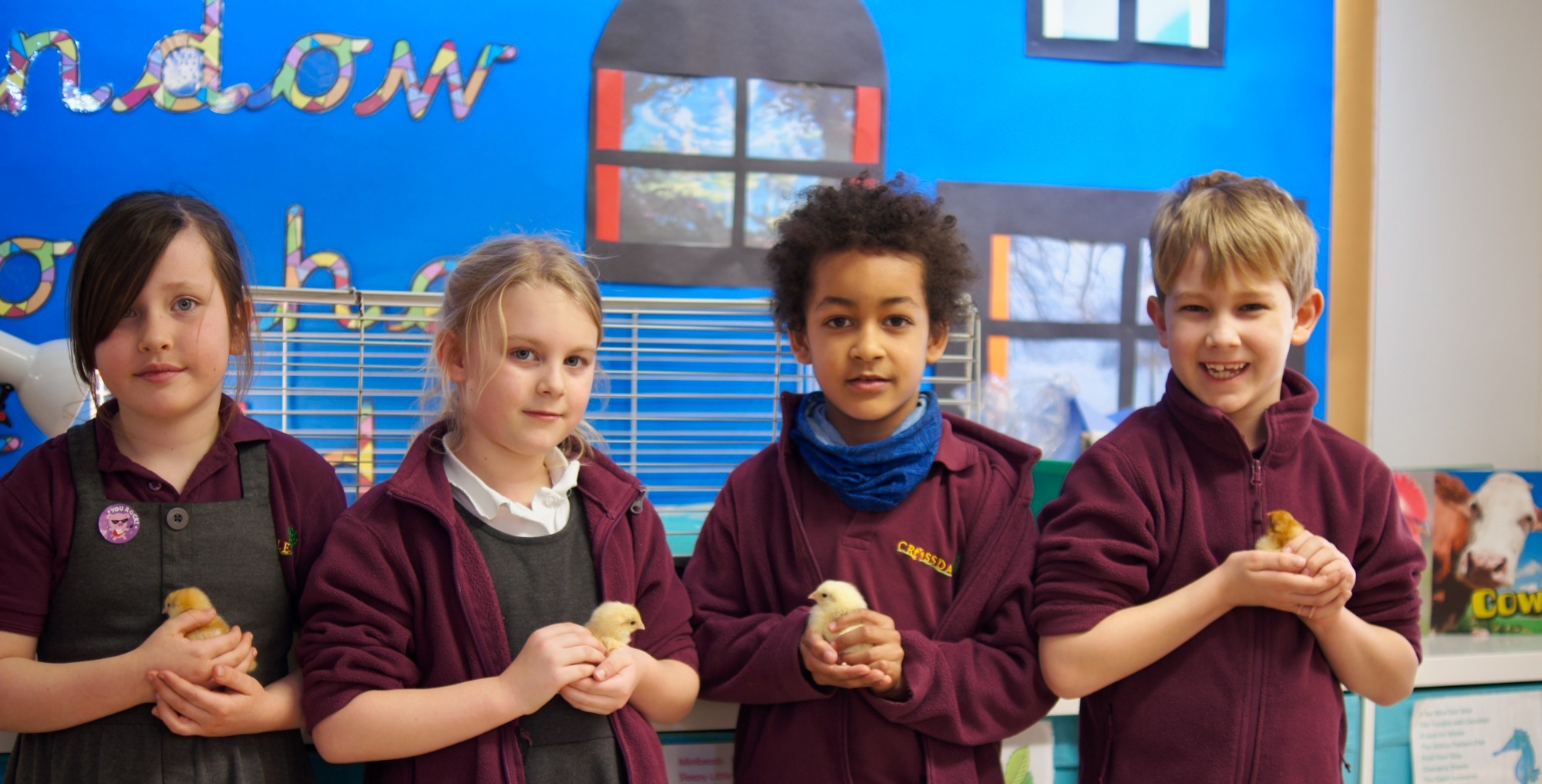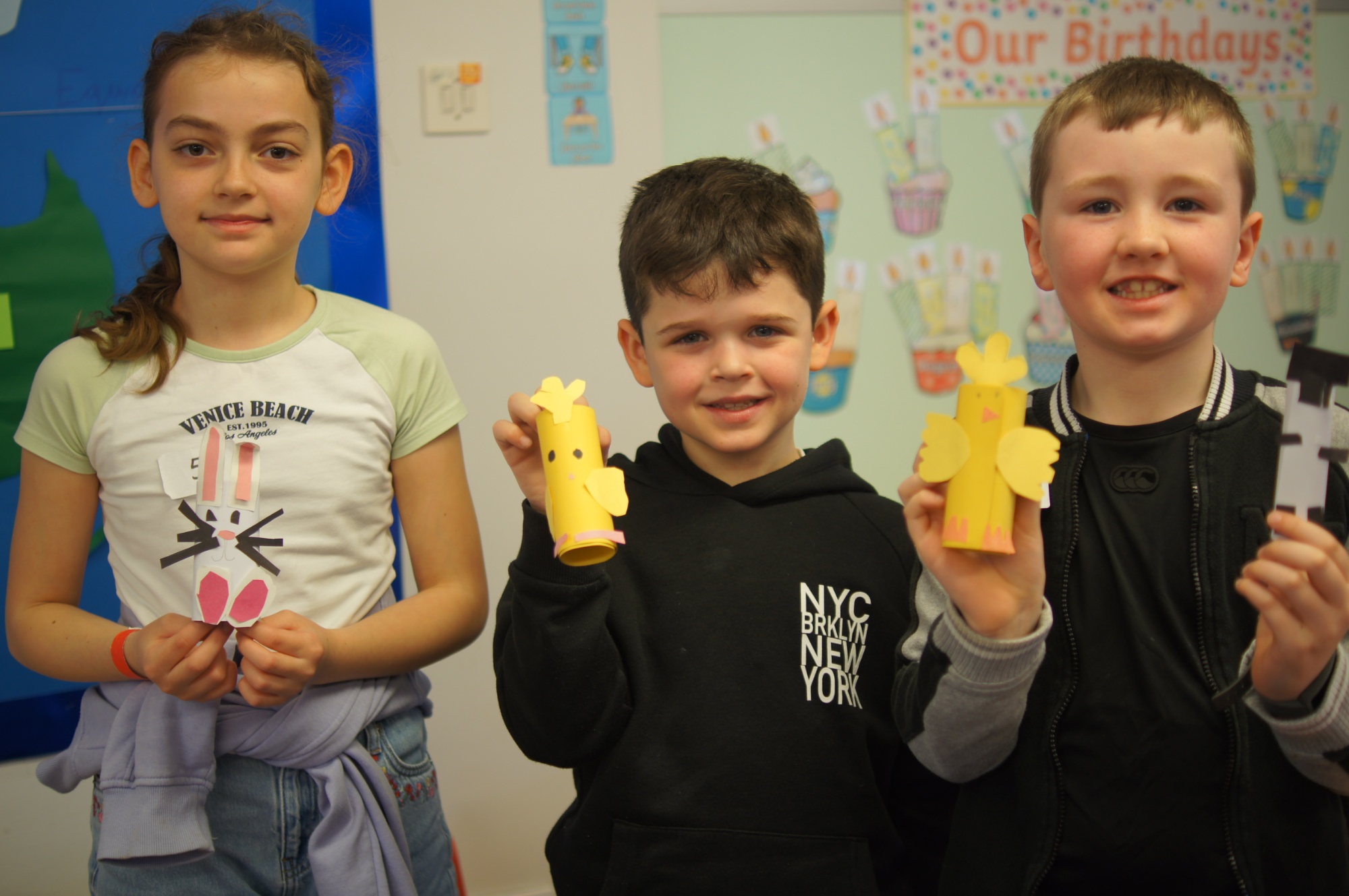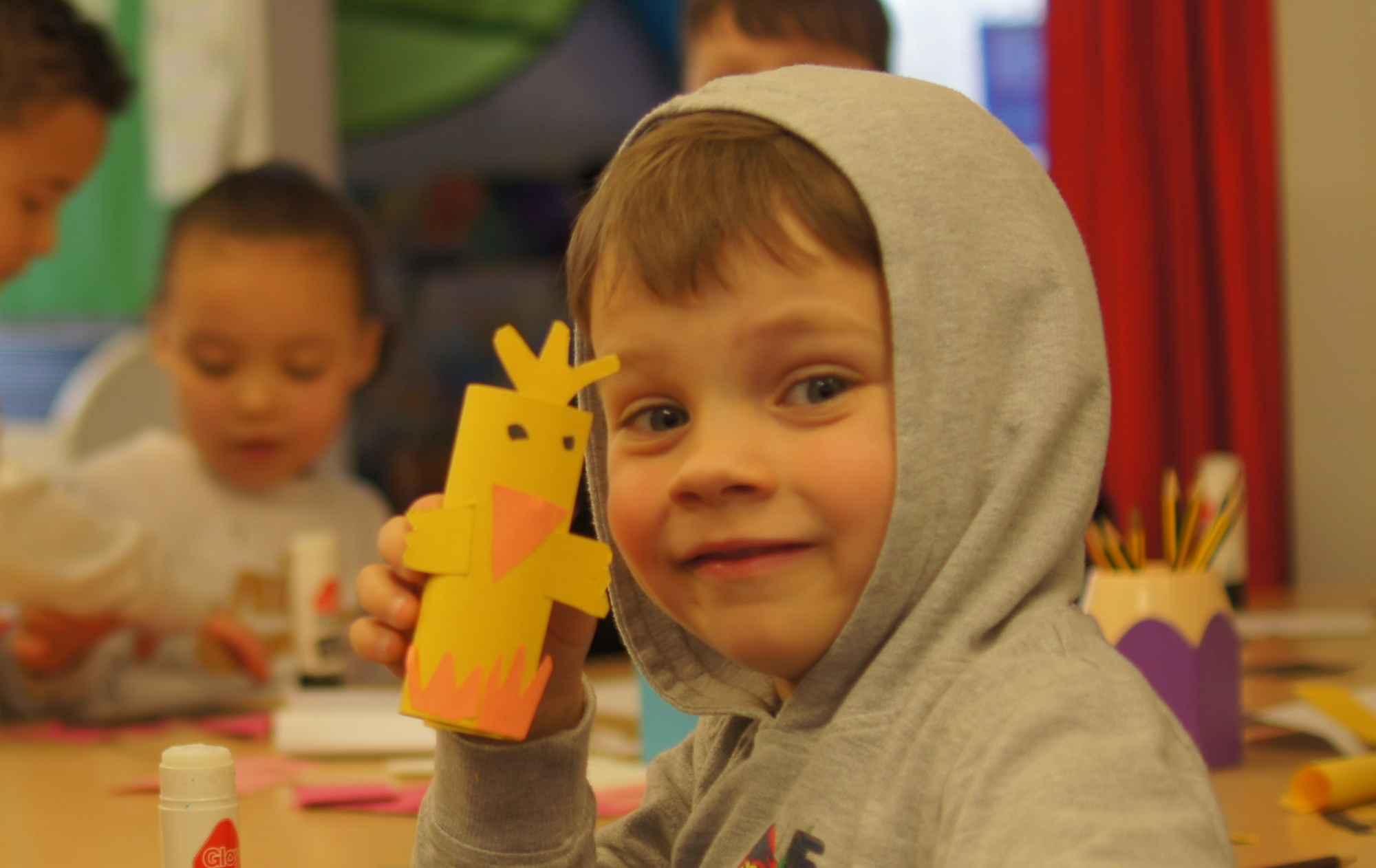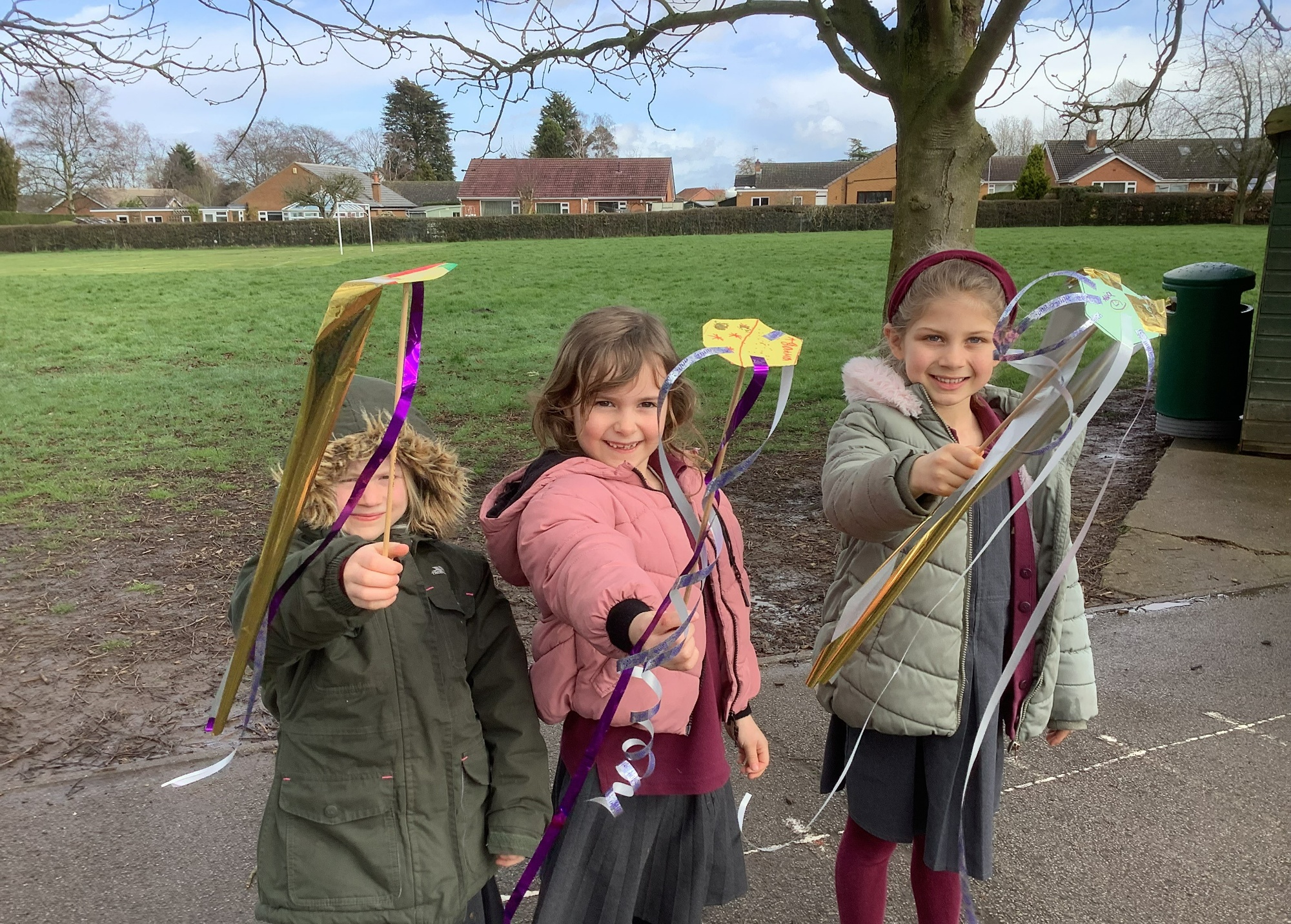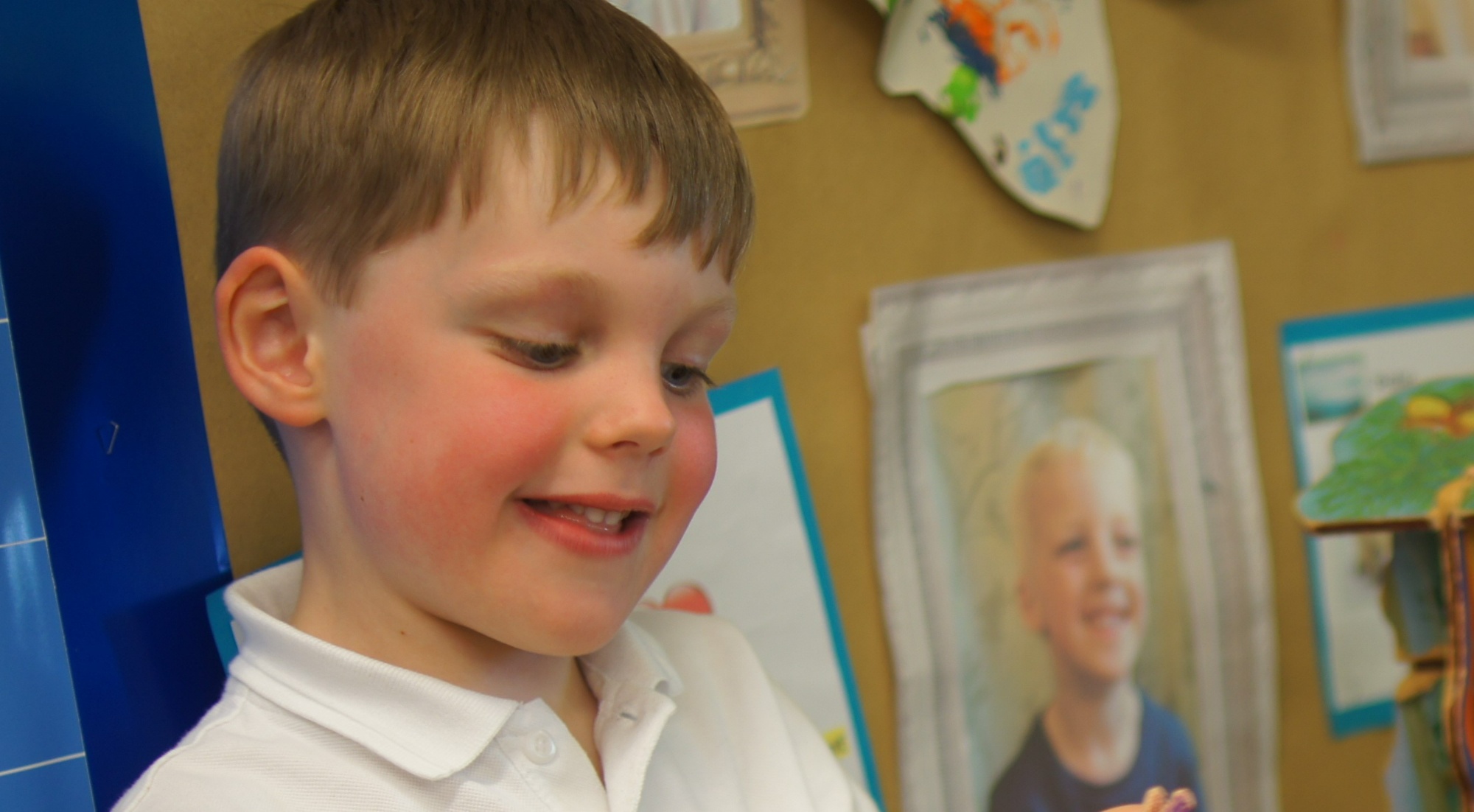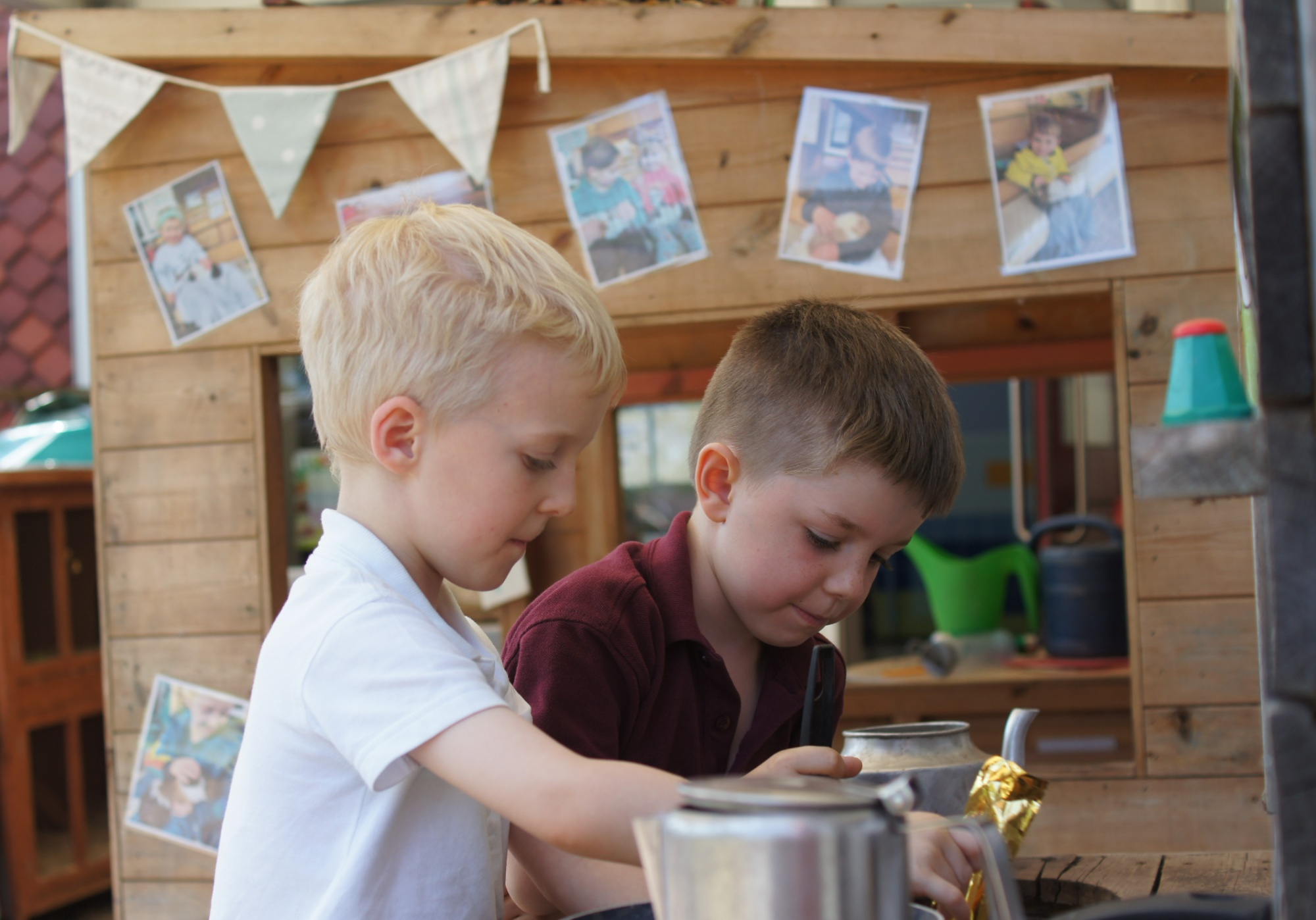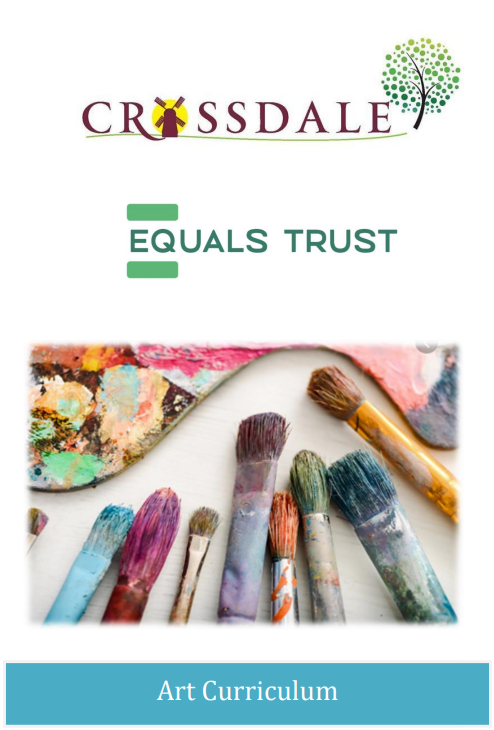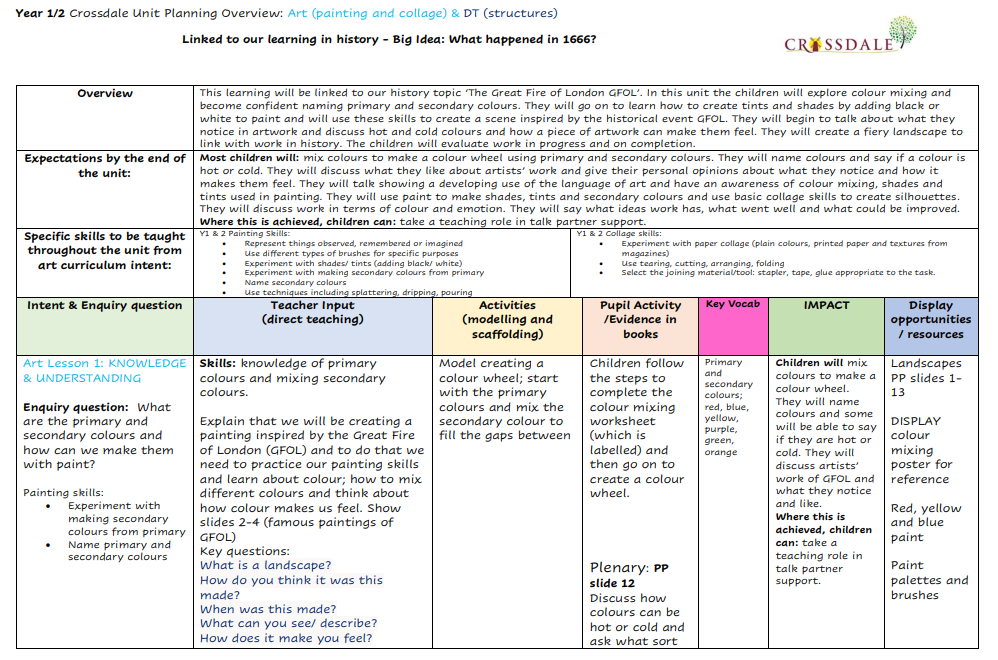Art
At Crossdale, we believe that art is profoundly important for the full development of the individual because it deals with ideas, feelings and experiences and develops a visually expressive language (supporting mental health and wellbeing without using words).
Art is driven through our topics and is based on developing key skills and knowledge as well as being used as a vehicle for which all pupils at Crossdale have opportunities to generate, clarify and evaluate their ideas, thoughts, and experiences. We believe that all children should be given the opportunity to express themselves through their art and be given focused time and instruction in a range of techniques and media.
At Crossdale, we aim to:
- Provide a broad and balanced art curriculum that shows continuity and progression of knowledge and making skills.
- Use studies of artists and their work to develop children’s historical and cultural capital -they learn techniques and processes to inspire and generate ideas for their own work and this enables them to become artistically literate.
- Teach evaluation as a vital part of the art process in order to improve and build resilience as artists.
- Enrich the art curriculum by exposing the children to a range of artists and artwork spanning throughout history; giving children the language, knowledge and skills to engage with, talk about and value art.
We implement our vision by looking through our ‘artistic lens’. As artists, children will be taught to communicate using the language and terminology of art and to develop and refine their making skills through four main art forms: drawing, painting, design and craft and sculpture, printmaking and computers (including photography).
Drawing.
- Draw with increasing skill and control, building confidence and expression as they progress through school.
- Developing technique; pupils work with a range of media with increasing confidence and develop greater choice over the materials they use.
- Draw with purpose by learning more styles of drawing and learn how drawing is used in art.
Painting:
- Paint with skill and control, using different types of paints in a precise and purposeful way.
- Experiment with different techniques to achieve colour, texture, shape and composition in order to express purpose, mood and feelings.
- Use colour and form to add depth and intensity to painting; mix colours with care and sensitivity to show feelings and ideas.
Design and Craft:
- Design and make art for different purposes, such as stage sets, puppets, toys and games and explore crafts such as sewing, weaving, jewellery, pattern and modelling.
Sculpture, printmaking, and computers (including photography):
- Design and make in three dimensions using card, wire, paper, clay or modelling materials, making more complex forms as they progress through school.
- Pupils use printing to create both individual images and repeat patterns building in complexity and precision through school.
- Pupils have opportunities to make art using digital means, drawing and painting programmes and photo manipulation.
Art is taught through specific subject lessons which build and revisit knowledge as the children progress through school.
Curriculum Documentation
See the 'Crossdale Art Curriculum' document below for:
- Page 5: Art Elements Document - Subject Lens
- Page 6-7: Whole school unit overview and Making skills schema
- Page 13-15: Subject elements' progression for all year groups
- Page 16: Our Inspiration: artists and art paradigms
- Pages 19: Quick View of artists studied

